MOTION GRAPHICS & INTERFACE DESIGN
Students were invited to create an adaptive and personalized onboarding interactive experience in the field of Human-Machine Interfaces, applied to in-vehicle self-driving or in-flight assistance navigation systems, having in mind the design for speculative futures for autonomous driving.
Role & Place: Invited Adjunct Professor at the Superior School of Arts and Design, Polytechic of Leiria.
IMPORTANT NOTE: The outcomes of this work were developed as part of the Motion Graphics and Interface Design curricular unit within the bachelor of Graphic and Multimedia Design, in collaboration with Professor Rúben Santos. The project was publicly presented at the MW Symposium and subsequently published on the YouTube channel of the School. Screenshots, along with the fully embedded video, are included throughout this page. During the follow-up session conducted via Zoom, all students provided consent for the screenshots taken, which are also presented in the Follow-up Section. All authorship rights to the multimedia materials of the project are reserved and belong exclusively to the students. The image displayed on the cover of this article was selected from the project "Above". The materials are included in this portfolio solely for academic purposes, such as disseminating knowledge, fostering creative dialogue, and showcasing the collaborative achievements between the students and their professor, in compliance with fair use principles and educational rights.
Motion Graphics
UX/UI Design
Human-Machine Interfaces
Autonomous Driving
CONTEXT
A Human-Machine Interface (HMI) is defined by its input and output mechanisms. It includes Graphical User Interfaces (GUI), touchscreens, voice and face recognition, gesture based and brain-machine interface. When combined, all these type of HMI can provide users immersive sensory and visual pleasant, meaningful experiences. Future autonomous driving technologies will relieve the driver (or pilot) from the responsibility of driving and will allow for more interactive types of non-driving activities.
The deployment of self-driving and remotely controlled or monitored vehicles (being explored for example by Tesla and Google), have been increasing in recent years and it is expected that digital media will have a major impact in the driving experience to enhance human wellbeing. By this means, having in mind safety concerns and explore digital media in what concerns to entertainment and infographic navigation data that can enrich the user experience and social interaction during the traveling. As an example, since the early days of automotive entertainment, music has played a crucial role in establishing pleasurable driving experiences. Also, the variety of entertainment in the car has increased, as many vehicles today, are already equipped with displays, allowing for watching news, videos, accessing the Internet, or playing games. However, the prevailing forms of entertainment in the car reveals that content such as text, videos, or games are often a mere adaptation of content produced for television, public displays, PCs, or mobile phones and do not adapt to the car scenario.
In-flight entertainment has been acting on reducing stress levels among the tripulants. The goal is to regulate the passenger's physical and psychological states to comfort states with context-aware and personalized stress reduction entertainment using biofeedback systems. In a hopefully near future, spaceflights are also part of human ambition. Virgin Galactic explains that the Spaceship Company and Virgin Orbit, “are developing and operating a new generation of space vehicles to open space for everyone”. As mission, the company aspires to become the Spaceline for Earth by focusing on using space for good while delivering an “unparalleled” customer experience.
CHALLENGE
Human-Machine Interfaces take part of the next-generation artificial intelligent virtual assistants that will learn and adapt to human behavior. Therefore, it is expected that they will be smarter, empathetic and understand the needs of the users to assist them on performing their tasks (in this case applied to a traveling scenario). Human interaction with new forms of driving involving assisted-car drivers and autonomous vehicles will require a design thinking process, to address new ways of assisting humans by exploring the display of new type of motion graphic and interactive content, in order to engage users through the design of future interfaces. Emerging technologies such as wearable devices and augmented reality (AR) can offer support in this bridge between digital media with the physical world of these new interfaces for onboard user experiences.
The goal of this project is to design an immersive sensory onboard user experience for self-driving or other remotely controlled vehicle, to be applied on a leisure traveling scenario.
methodology
The methodology was based on a design thinking approach, human-centered and applied mixed methods. The development stage included UX methods for interface design and combined animation methods for presenting the prototype.
1.2) Survey of the state of the art / analysis of precedents, through bibliographic references and
visual references (moodboard). Critical opinion on the topic: What will the future of systems look like
navigation of autonomous driving?
1.3) Project Ideation - Design Thinking (brainstorming sessions and idea definition)
2.1) Conceptual HMI diagram - schematization of the mental model of the conceptualization phase and
visual mapping of the experience (definition of the type of human-machine interfaces and technologies
emerging, to be explored in the project)
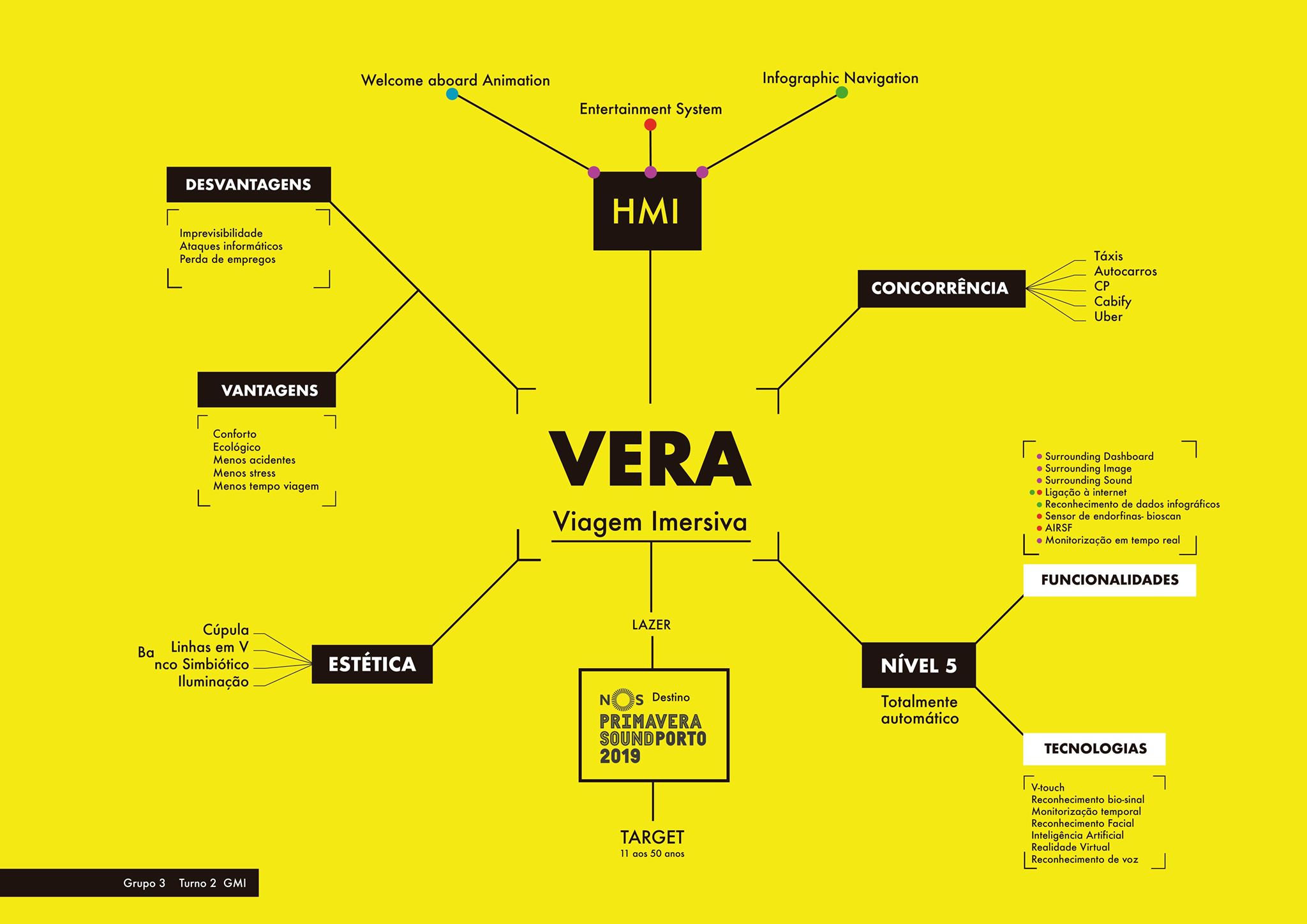
- "VERA" Project
- "Rubik" Project
- "Sungy" Project
- "Flow" Project
3.1) Wireflow
3.2) Mockups with Visual Design (minimum 6 screens representing welcome board animation panel,
infographic navigation and individual or social entertainment system).
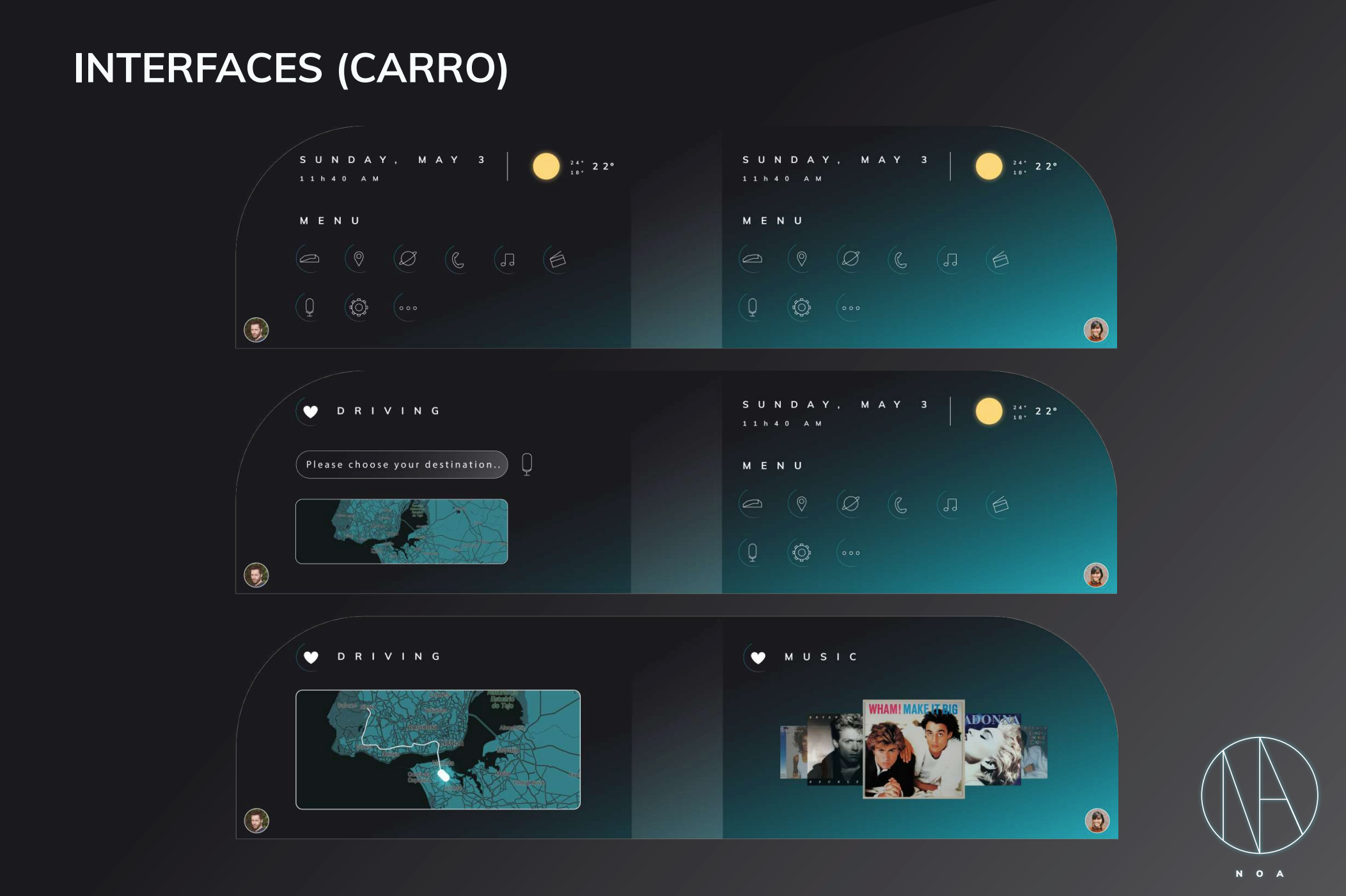
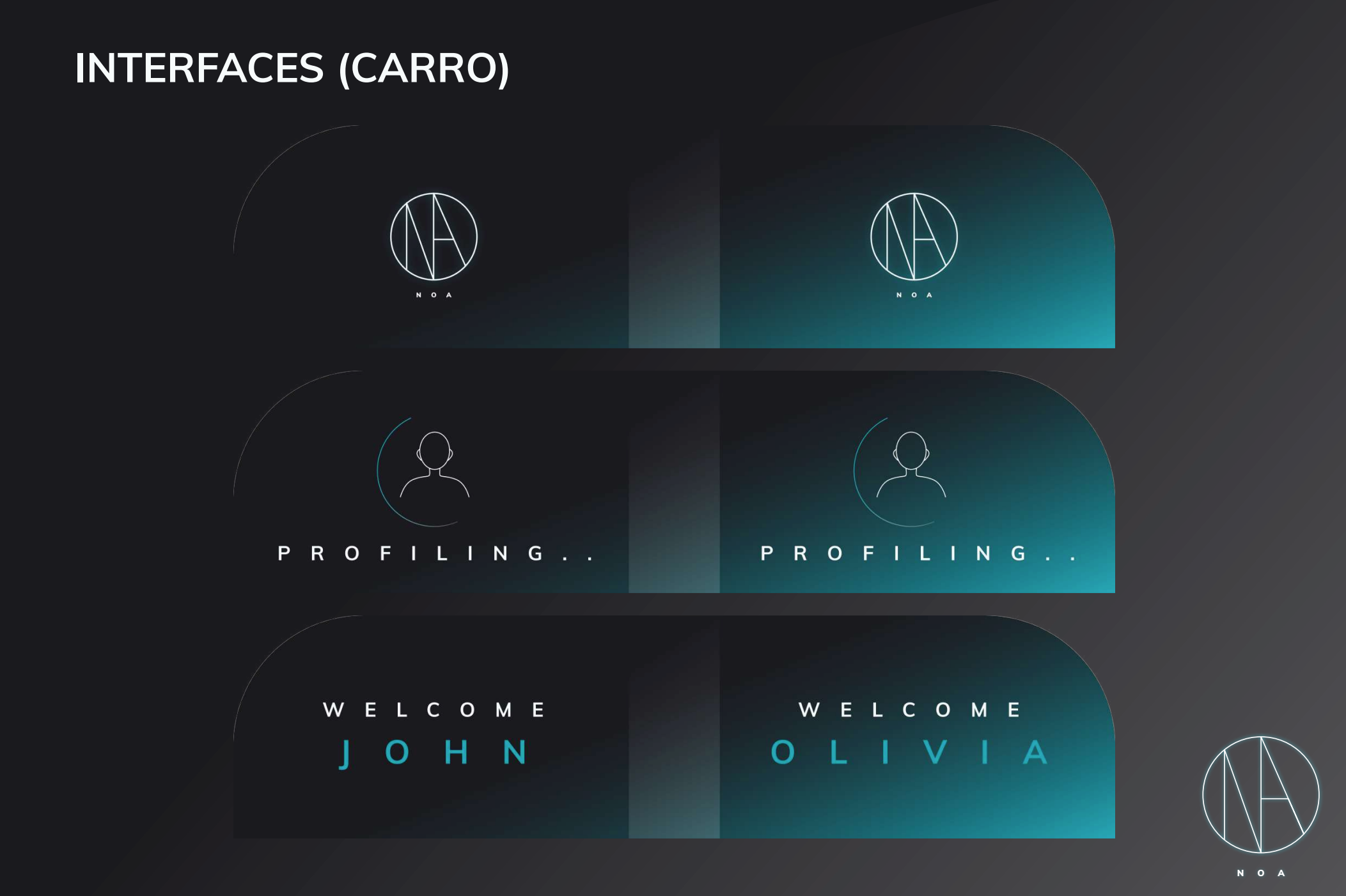
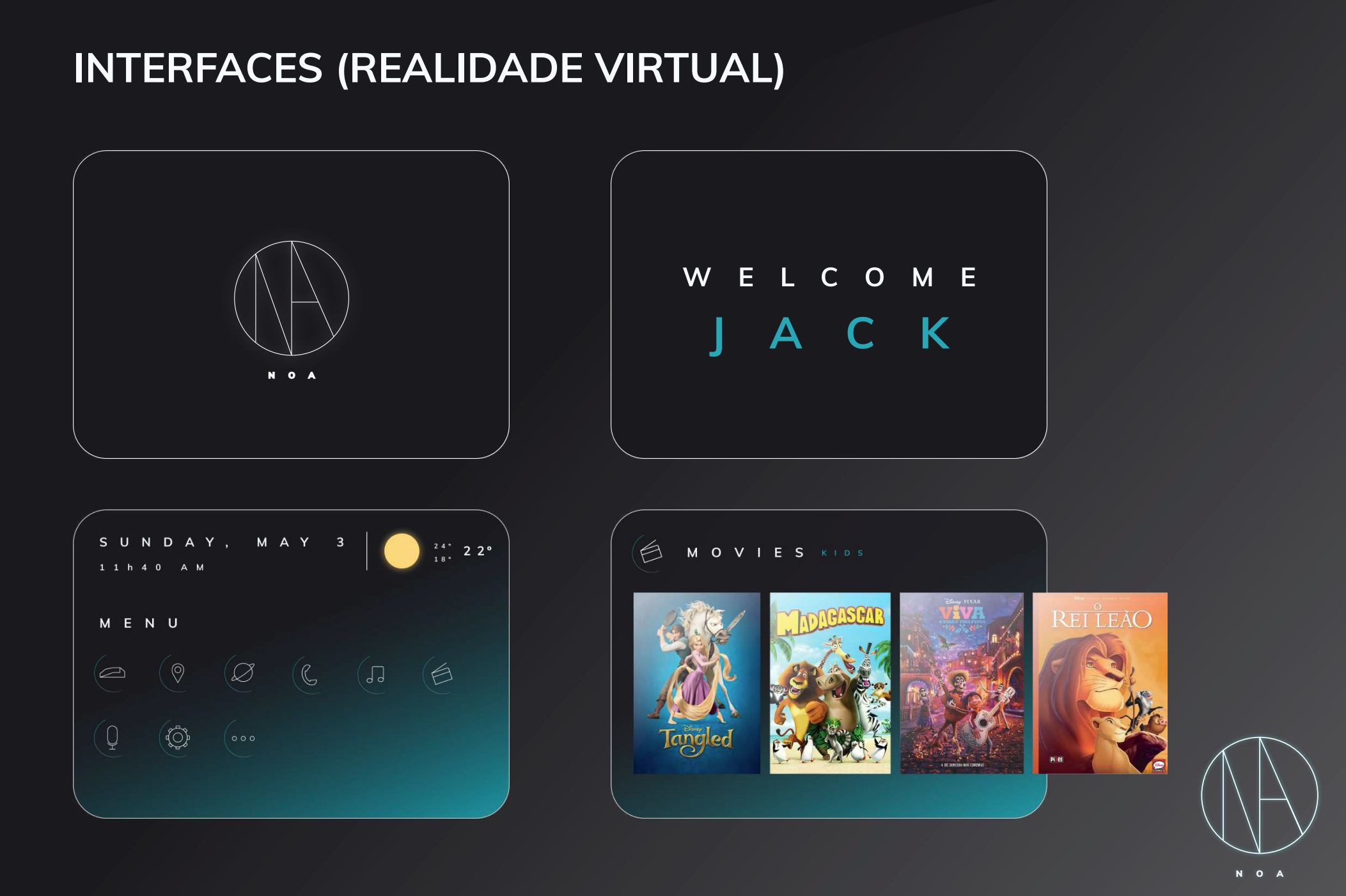
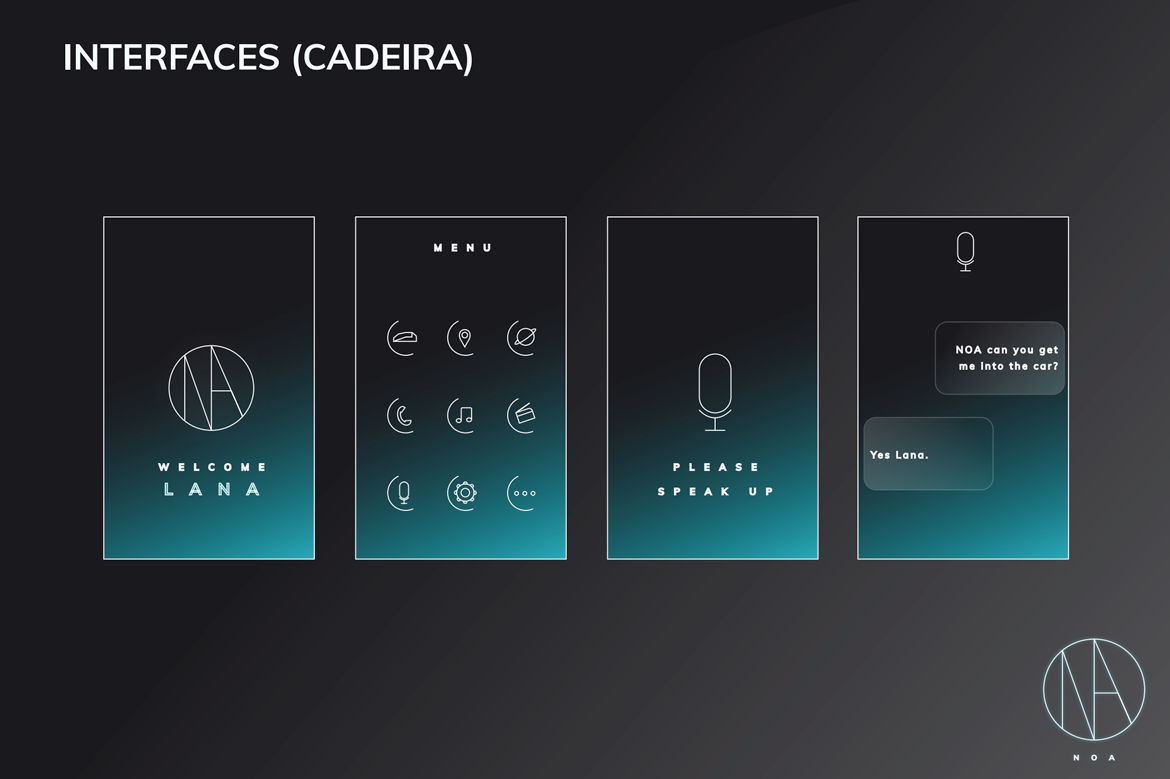
- "NOA" Project
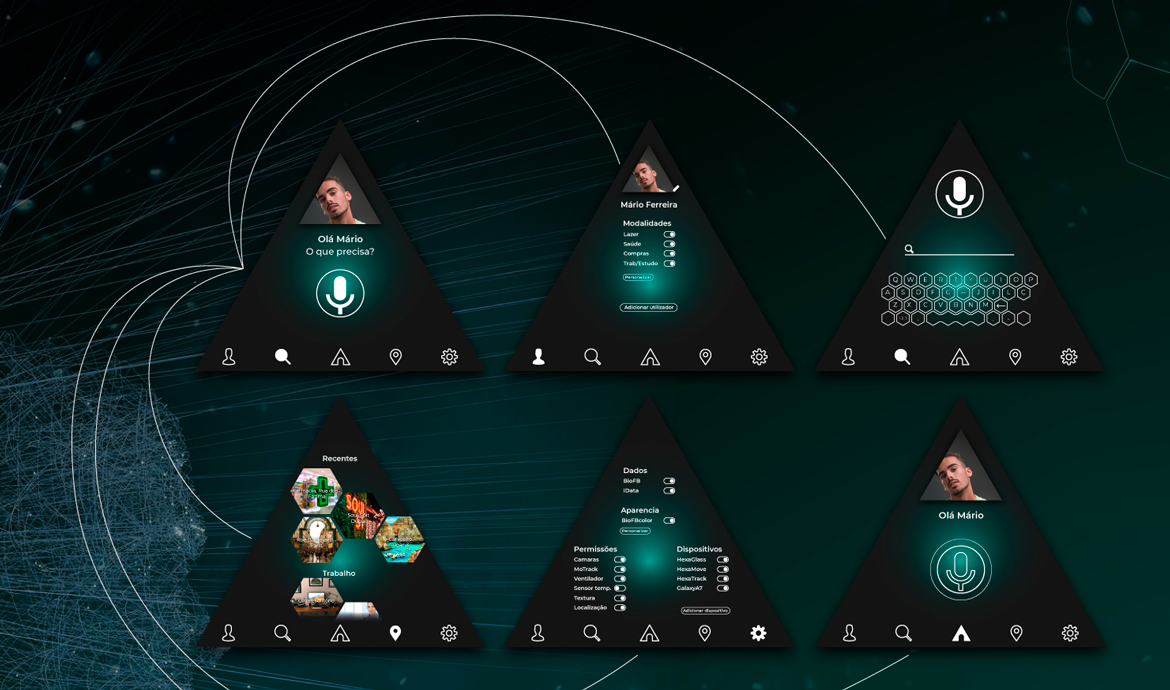
- "HEXA" Project
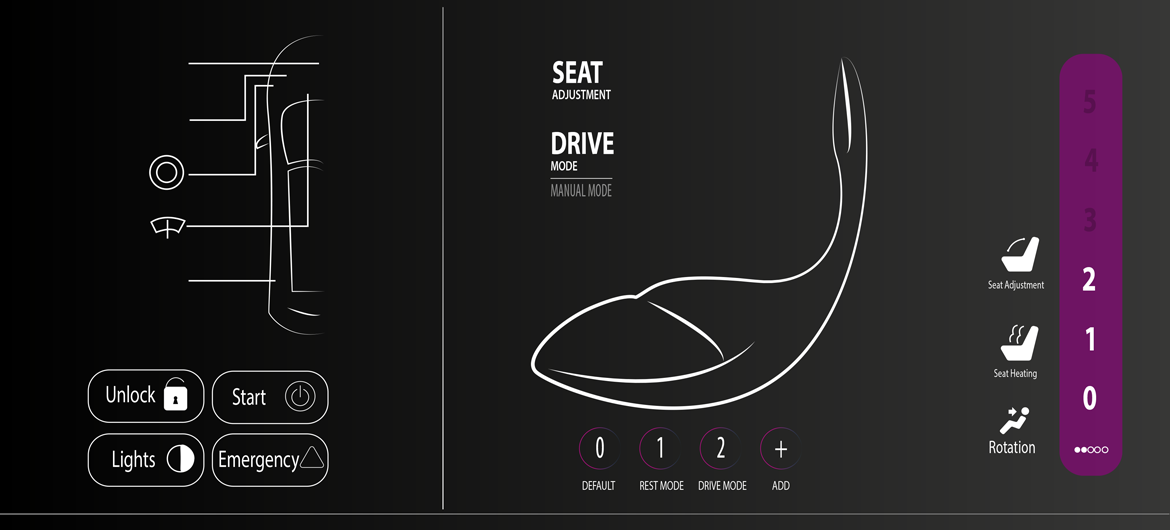
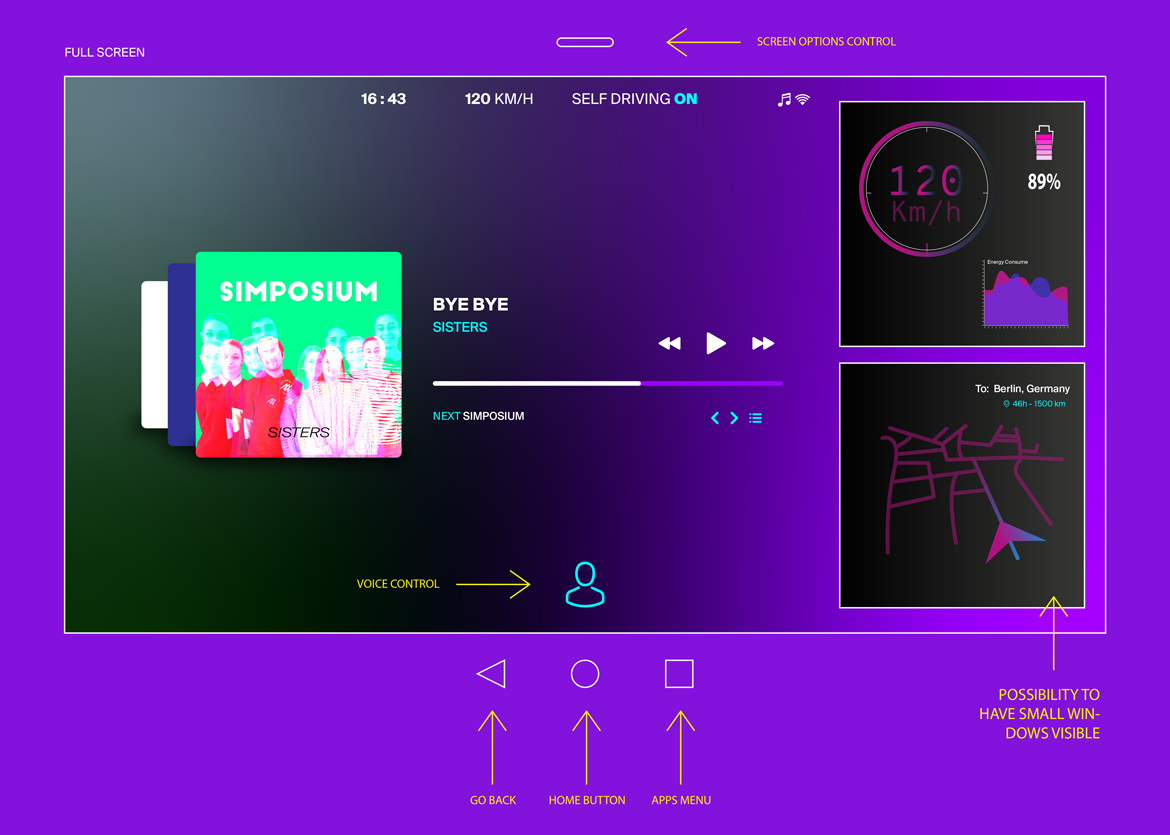
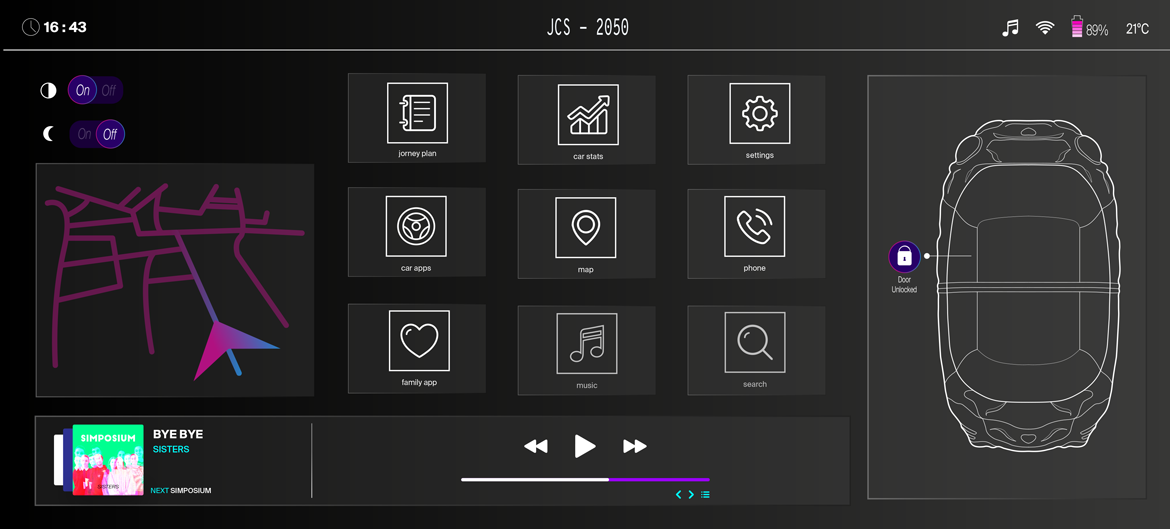
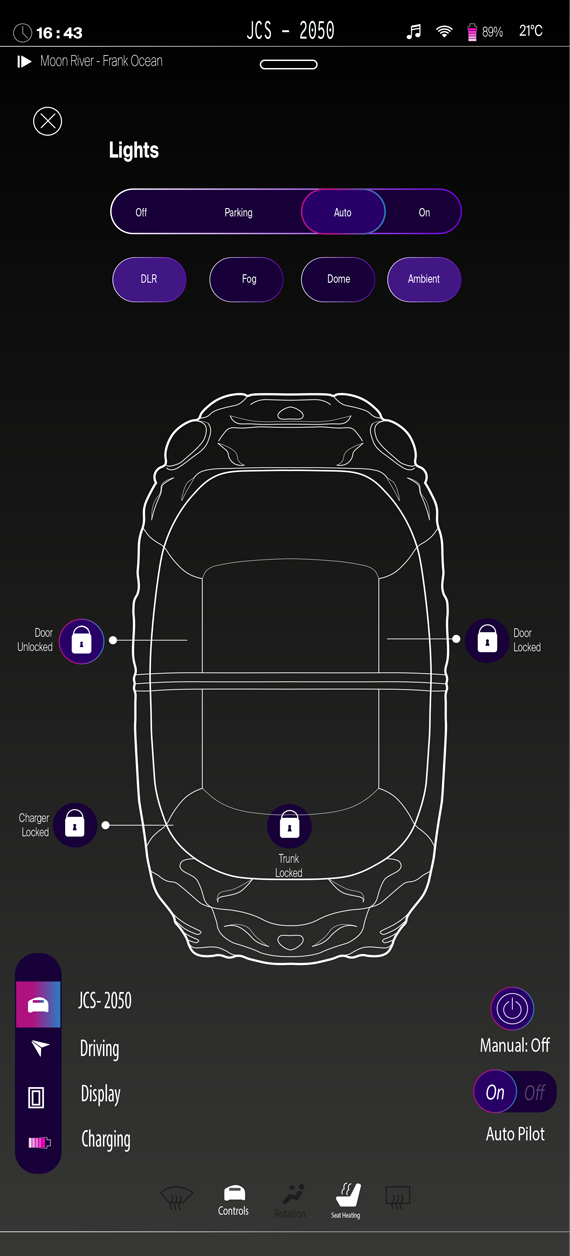
- "Omnicron" Project
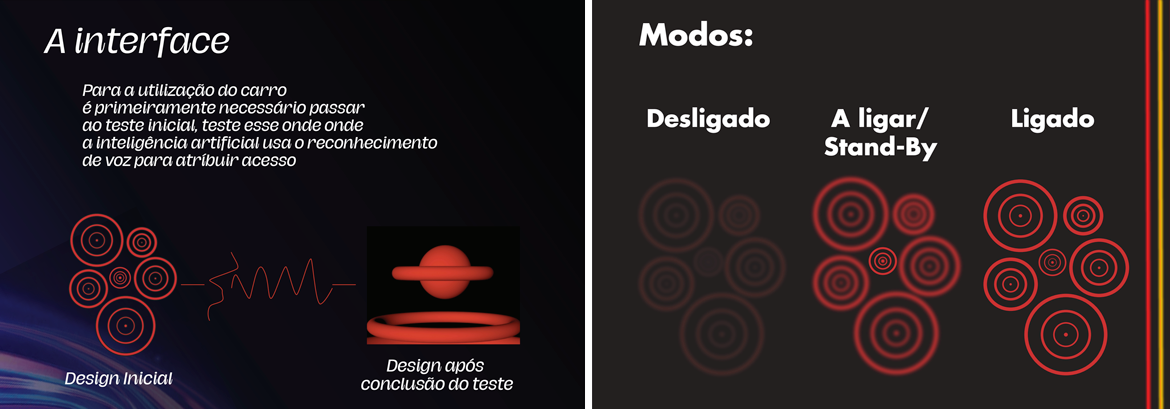
- "Jaunt Times" Project
3.2) Development of a video that applies motion graphics. Animation of interfaces
framed in a realistic environment (video) or in sketch (illustrative, example: vector drawing).
Characters and travel landscapes can be included. Alternatively, the piece can be more
focused on the animation of the interfaces, or even the combination of both scenarios.
Video with a minimum of 2 min. and not exceeding 4 min.
SPECIFICATIONS
Exploratory content
User Experience Design • Interaction Design • User Centered Design • Human-Machine Interaction • Human Machine Interfaces • Brain-Computer Interfaces • Gesture or voice interfaces • Augmented Reality • Virtual Reality • Mixed Reality (AR + VR or Physical and Digital)• Responsible Artificial Intelligence • Wearable Devices / Biosensors • Multimodal Systems • Autonomous vehicles • Smart Cities• Virtual Assistants
Materials
positive computing • Notebook • Drawing markers and graphite pencils • A3 sheets or sketchbook • Video camera • Portable computer • Pinterest or Invision (moodboards)• Adobe Creative Suite
• Figma
outcomes
The briefing was applied in the two design branches within the Bachelor's course of Graphic and Multimedia Design. While multimedia students used a diverse range of media such as 3D animation, illustration, filming, and post-production effects, graphic design students primarily focused on vectorial design and motion design.
When it came to addressing the given scenarios, multimedia students predominantly chose to explore the concept of terrestrial autonomous driving. Students crafted realistic concepts that emphasized multimodal user interaction. On the other hand, graphic design students showcased their imaginative process by delving into alternative user scenarios, such as in-flight self-driving or underwater vehicles.
Across both branches, several key design features emerged as focal points. These included navigation maps, communication calls, agendas, augmented reality for contextual information, security alerts, and the design of shared versus individual travels.
By incorporating these elements, both branches of design were able to create compelling solutions that showcased their unique skill sets and perspectives.
ON MULTIMEDIA DESIGN
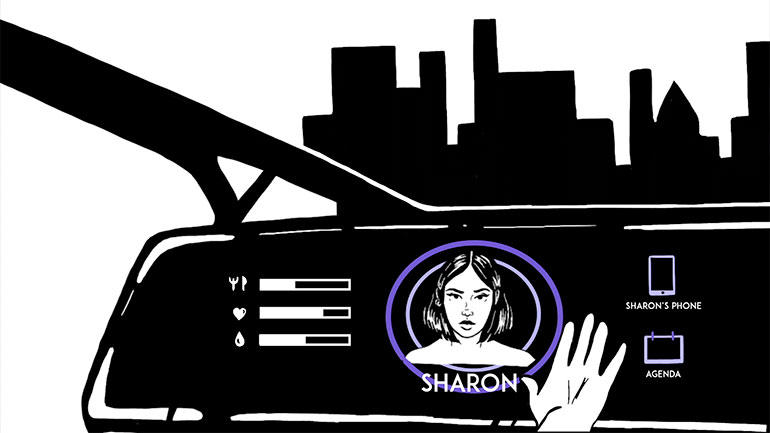
Humanize it, Anabela Vicente

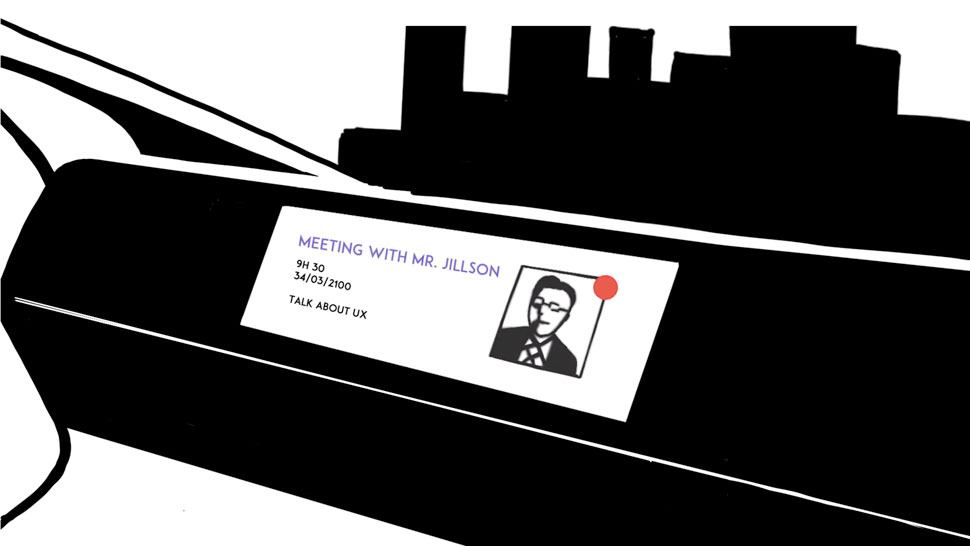
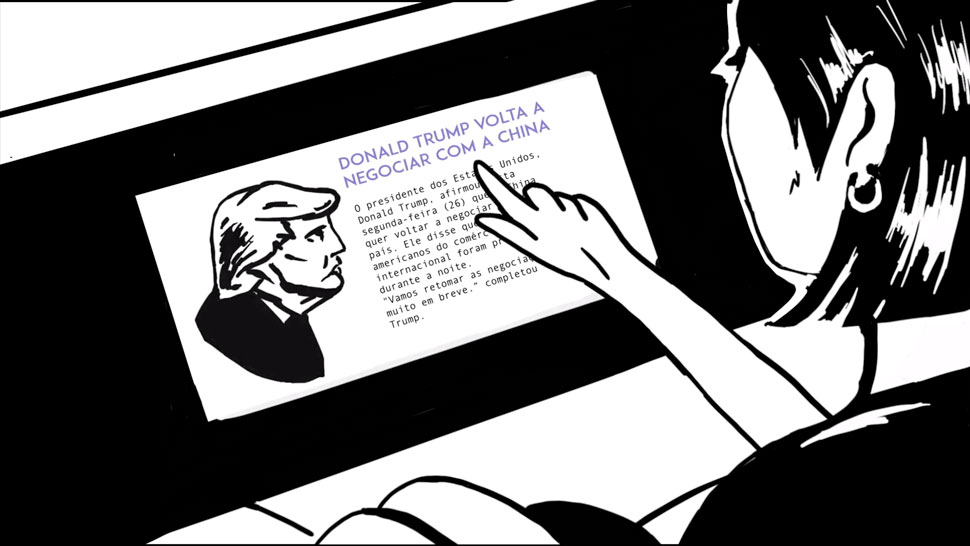
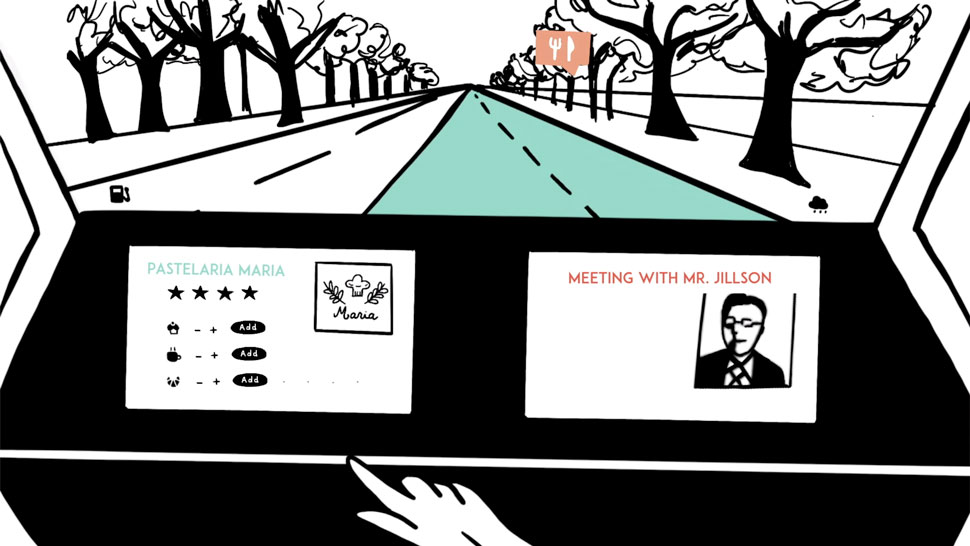
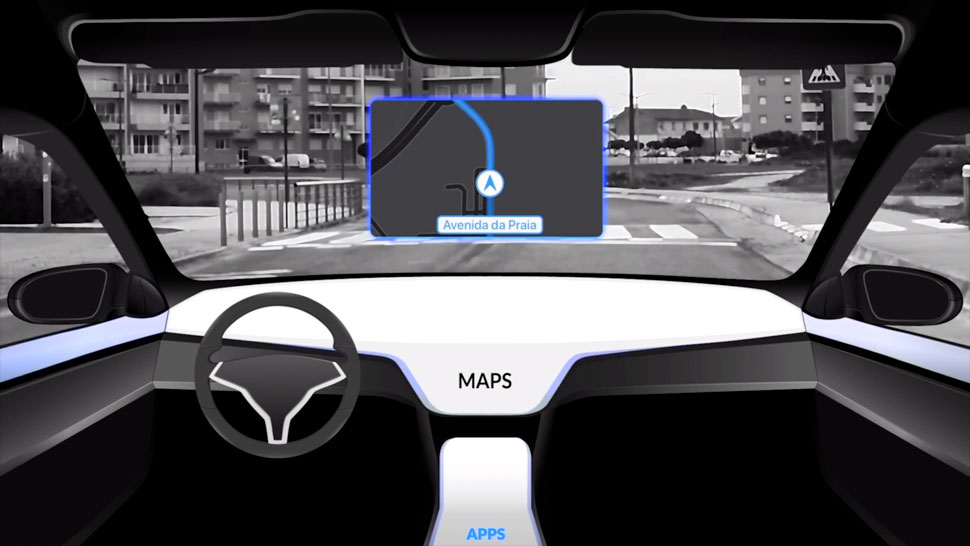
Curie, Daniela Martins

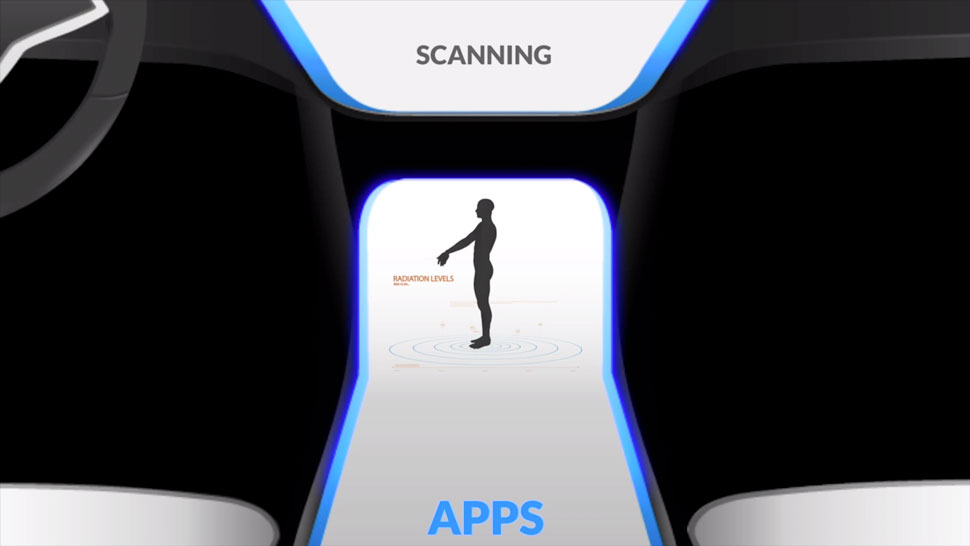
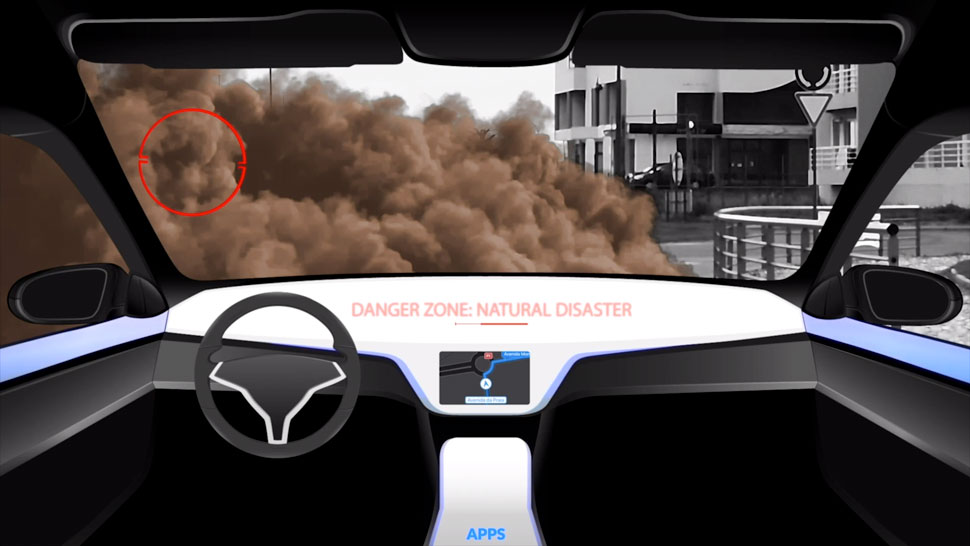
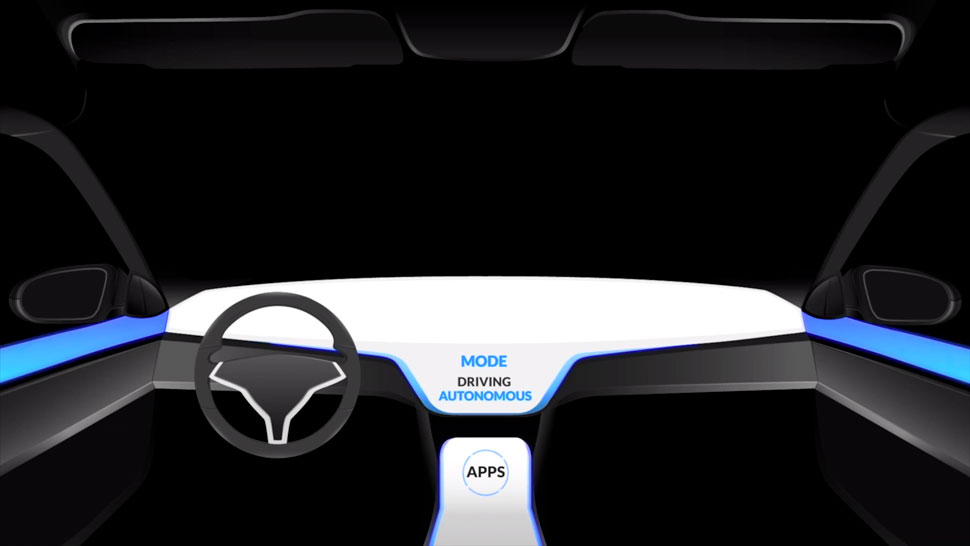
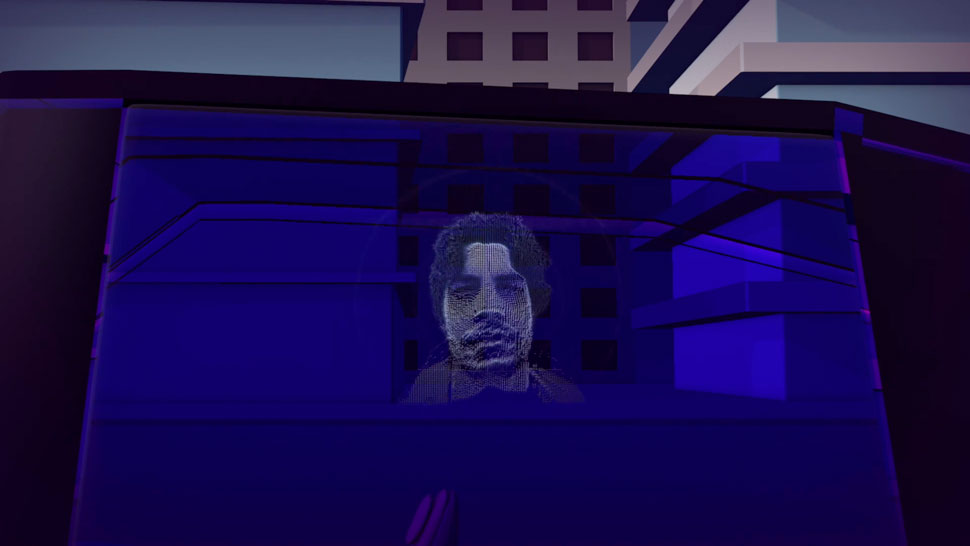
Flow, Fábio Gonçalves

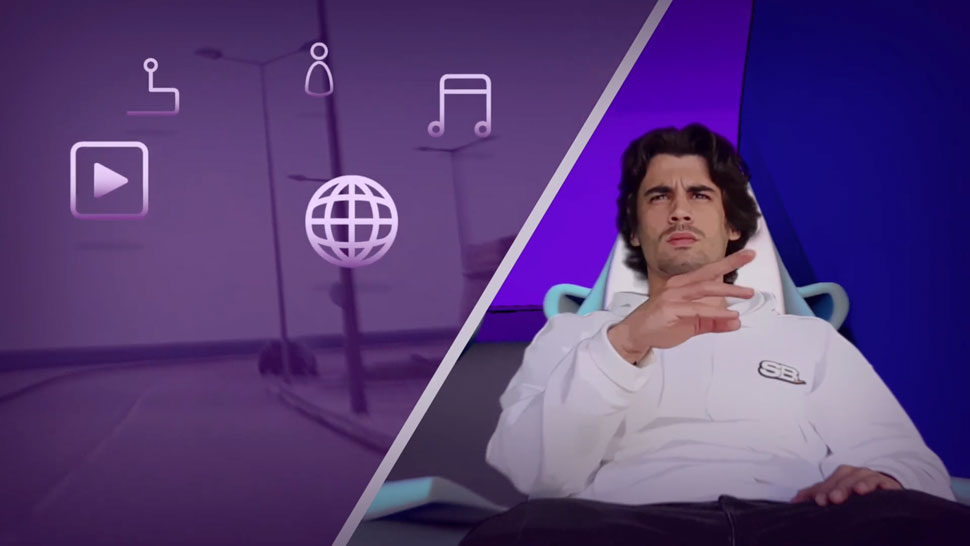
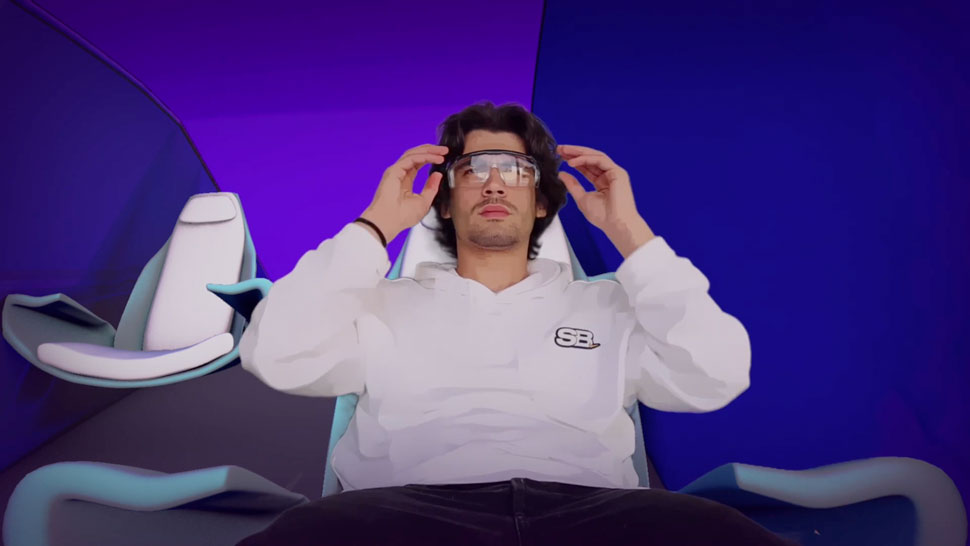
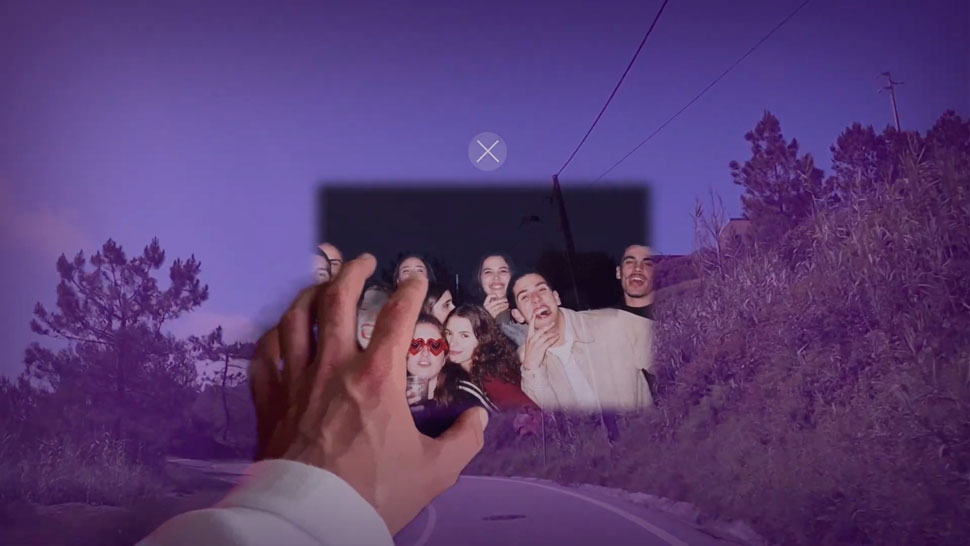
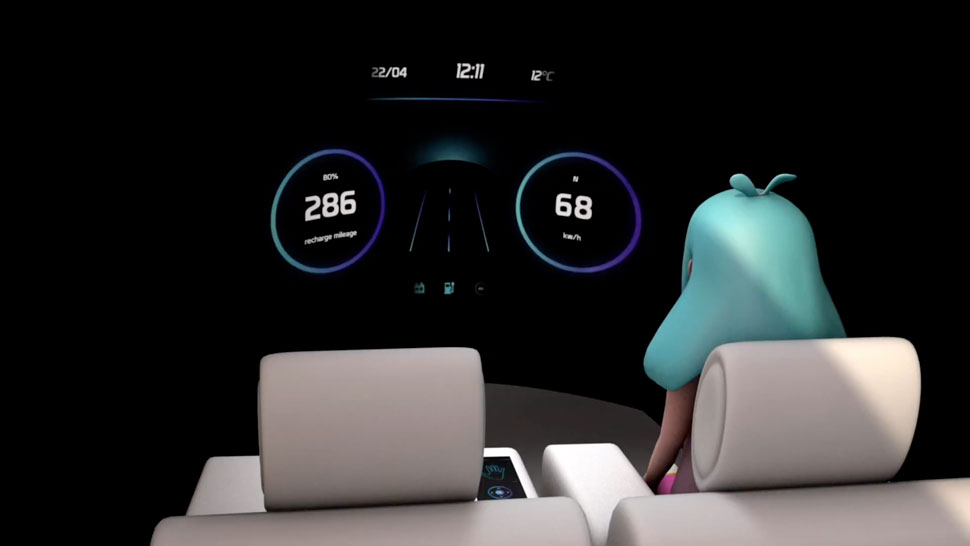
Ana Sousa e Carolina Parente
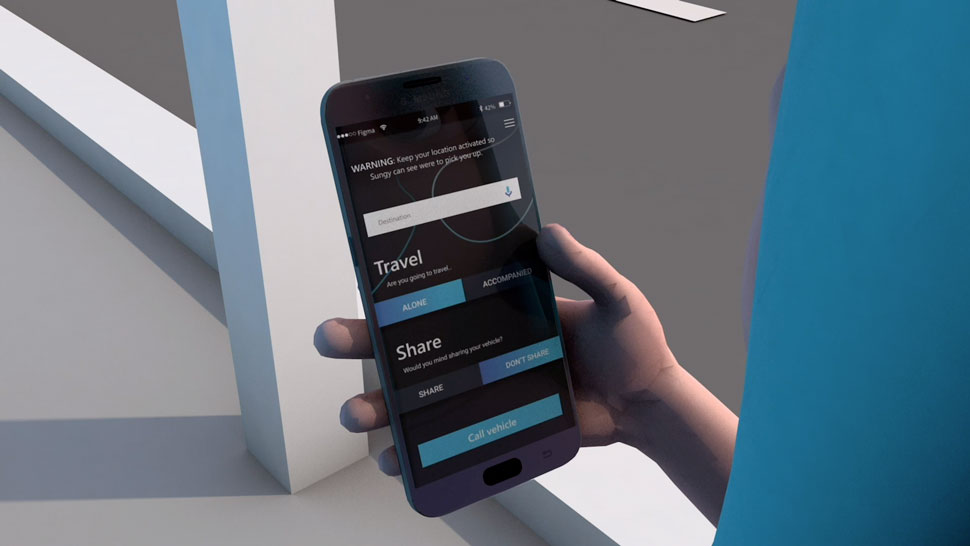
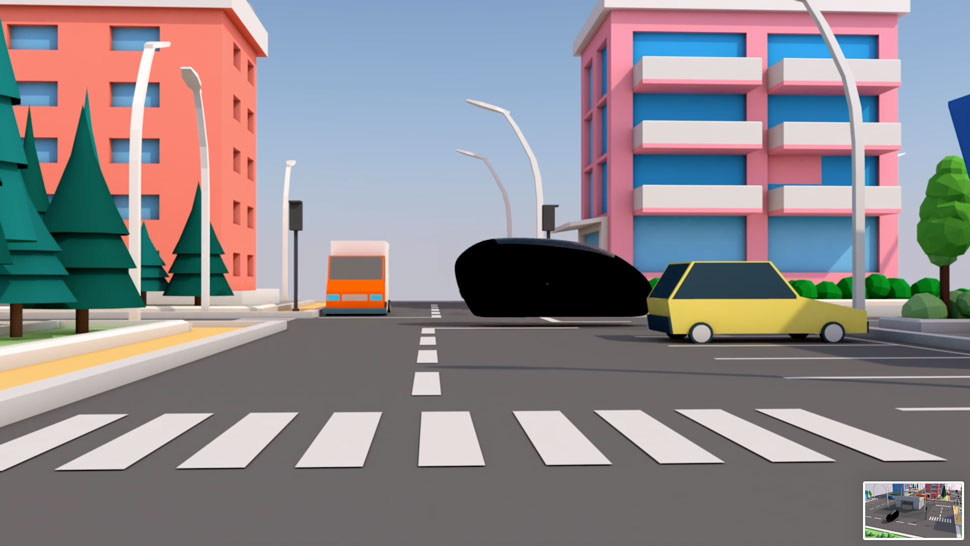
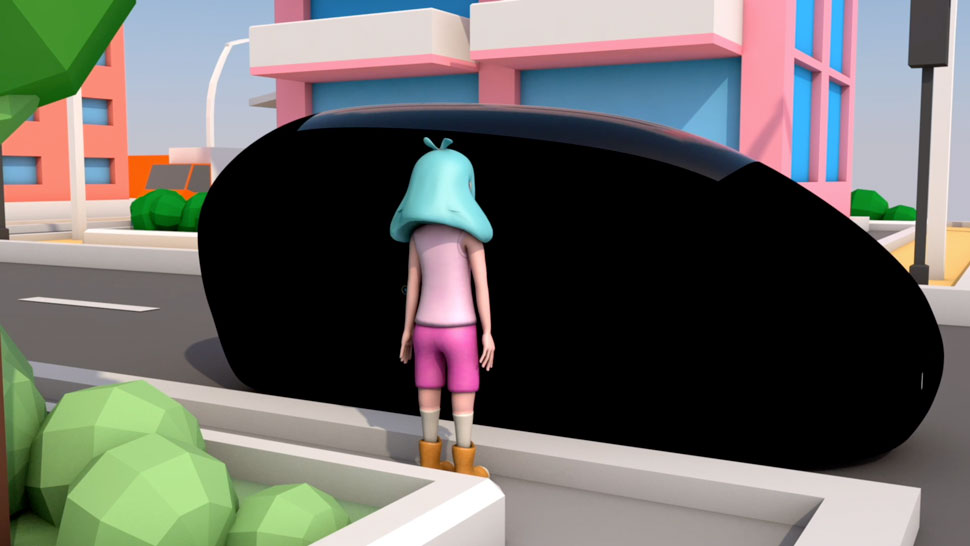
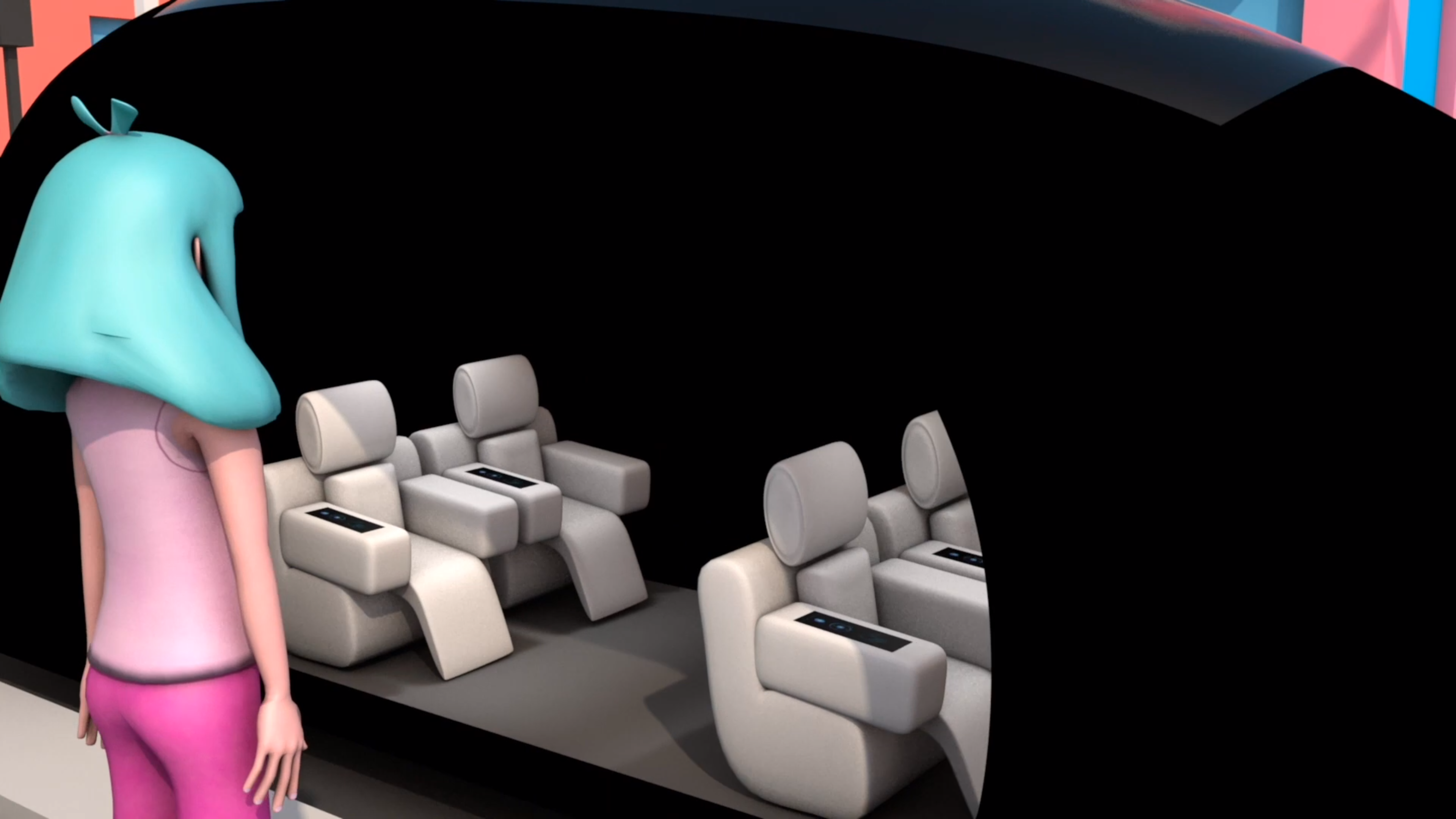
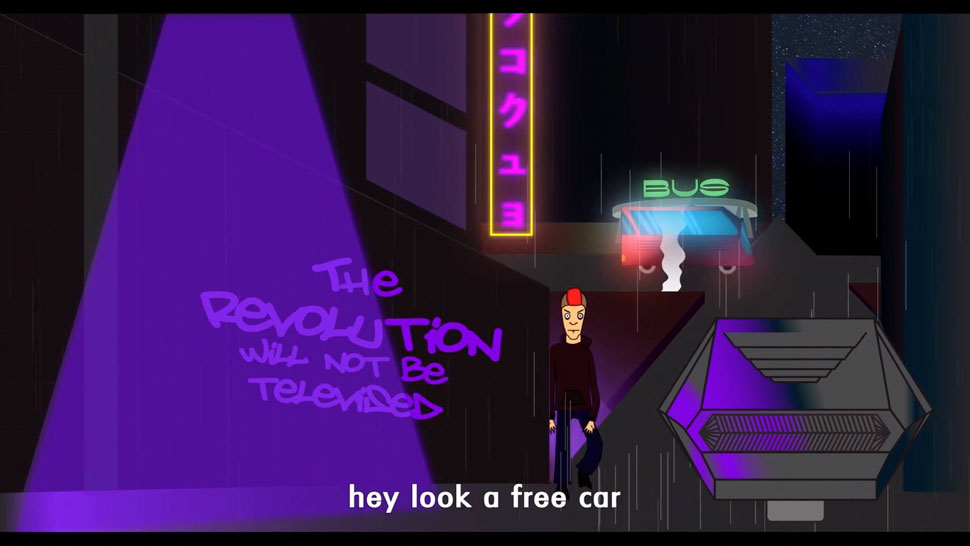
Joint Times, Gonçalo Barros
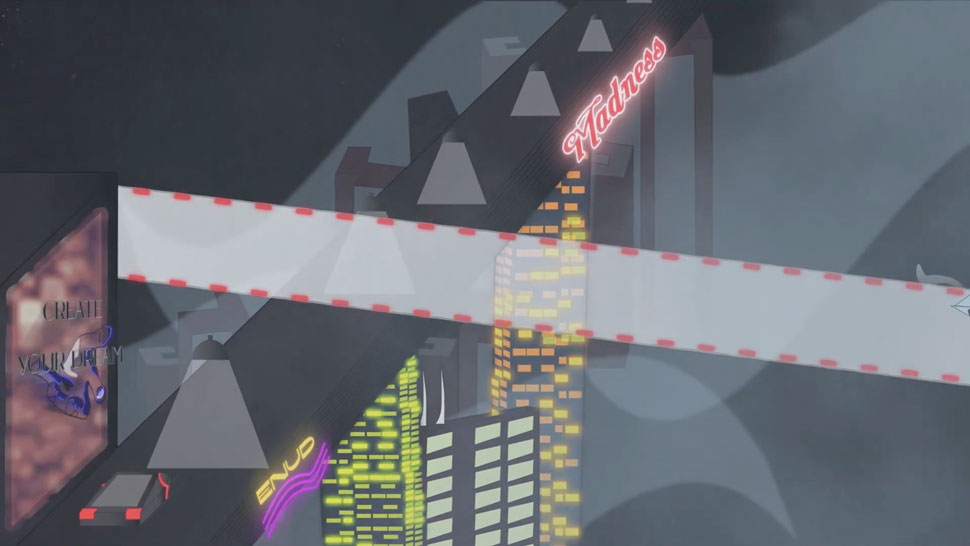
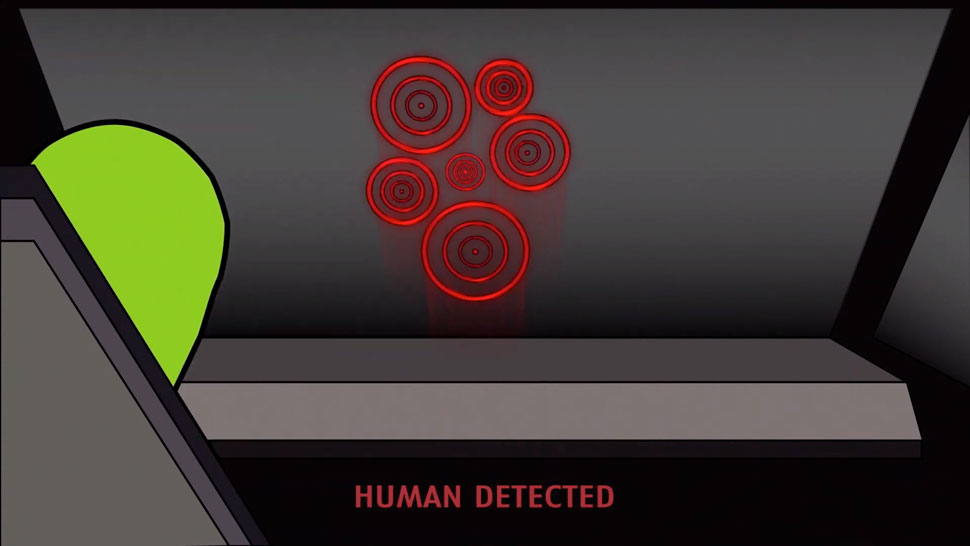


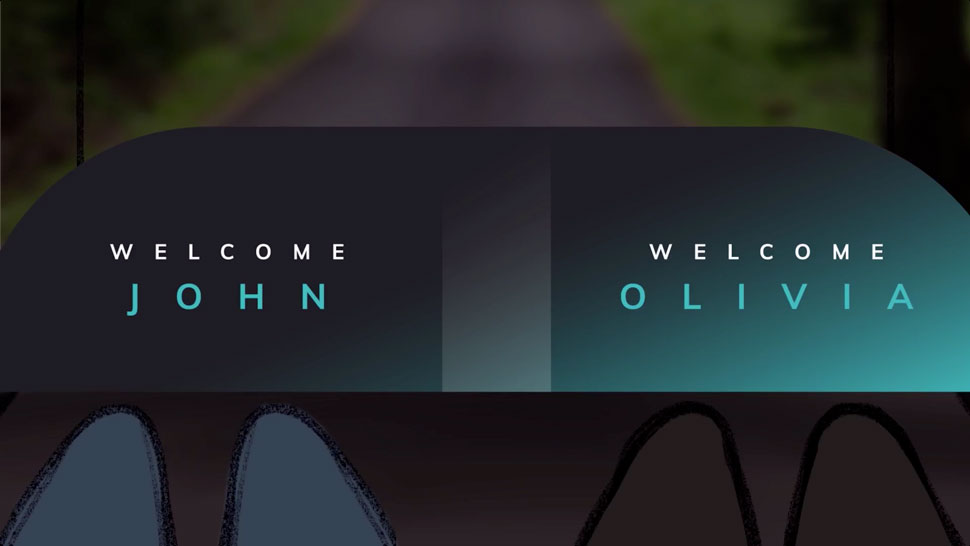
Noa, Mariana Soares
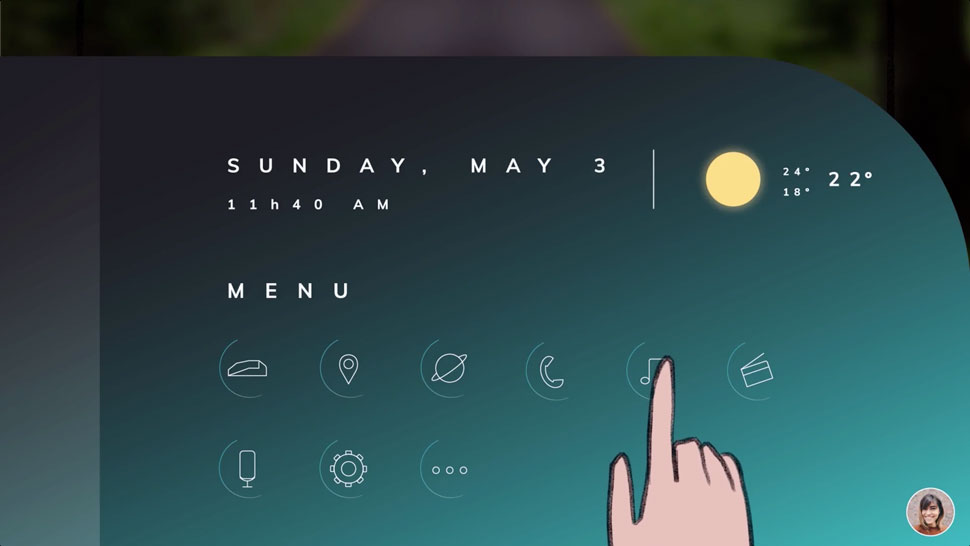
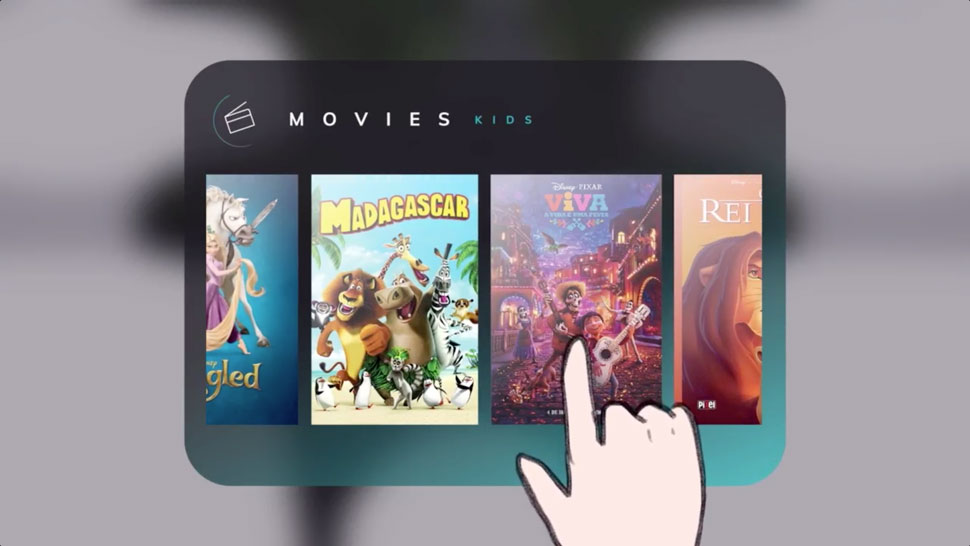
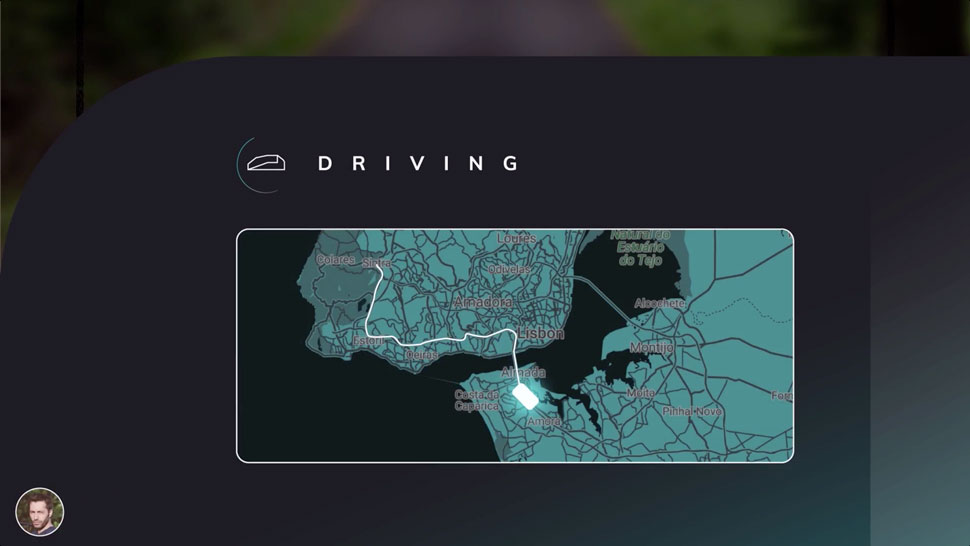
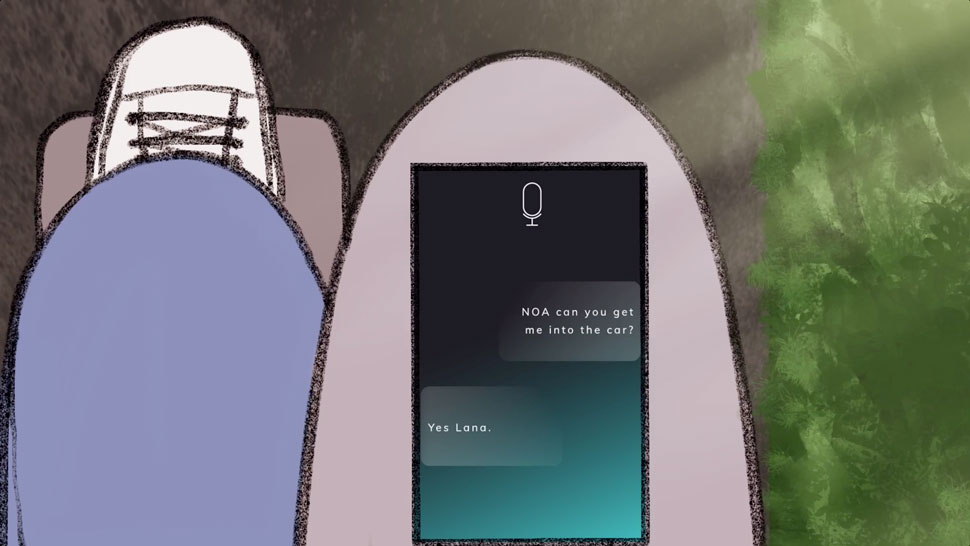
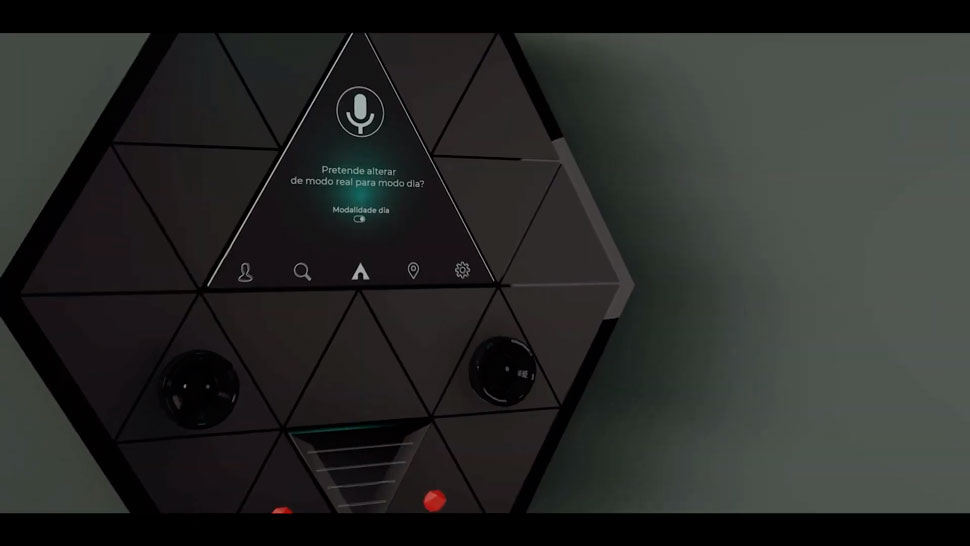
Hexa, Mário Ferreira
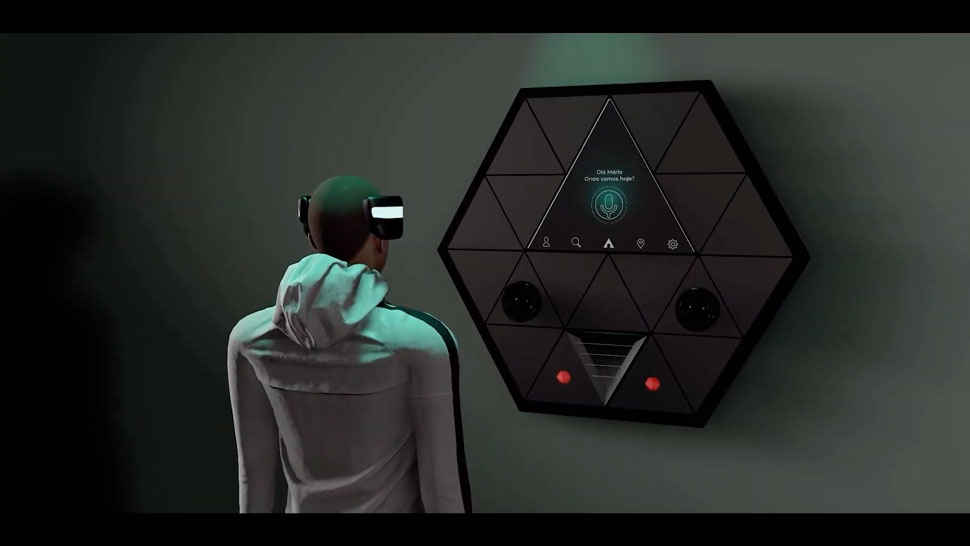
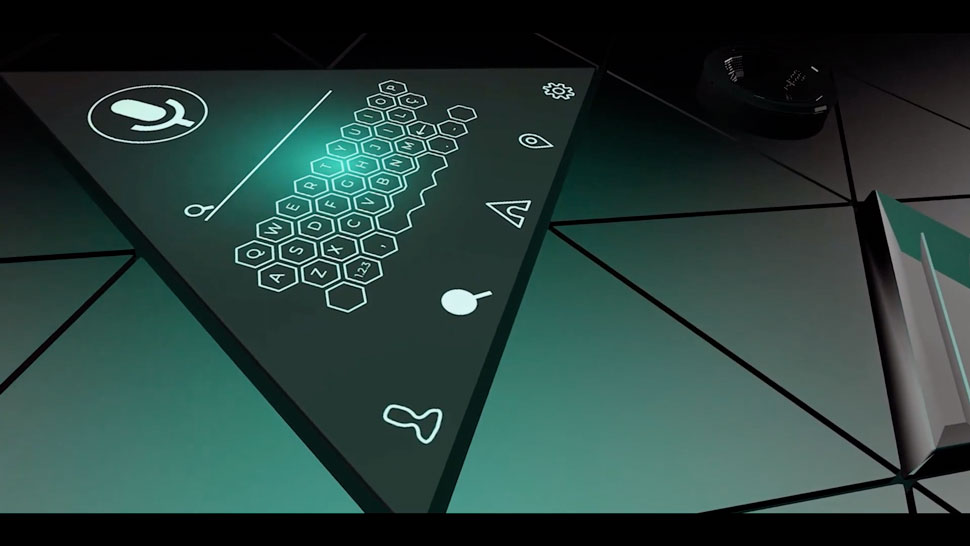

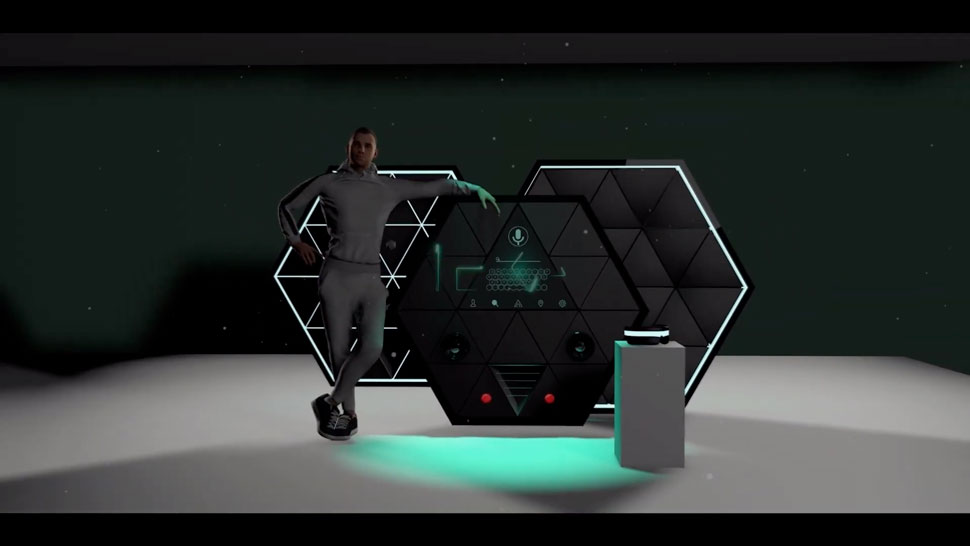
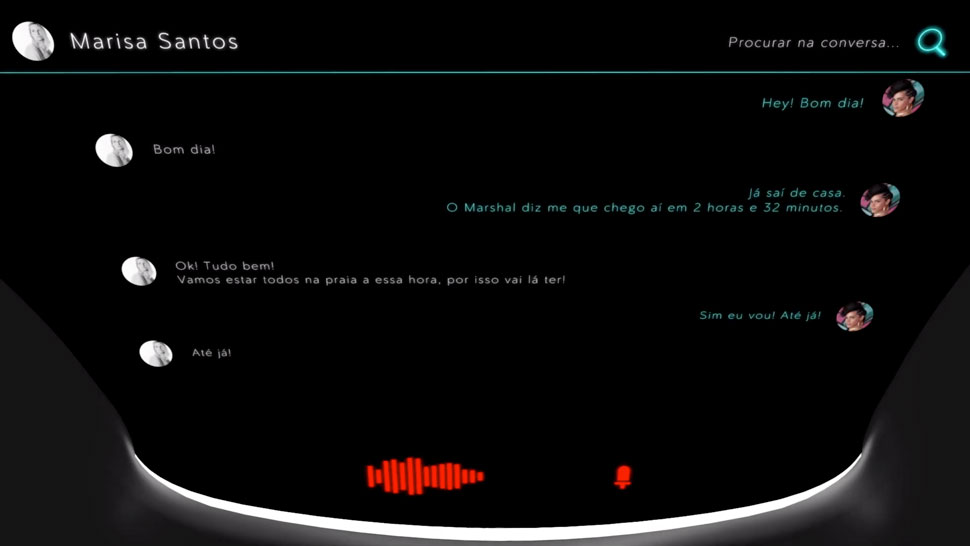
Marshall, Inês Bernardo

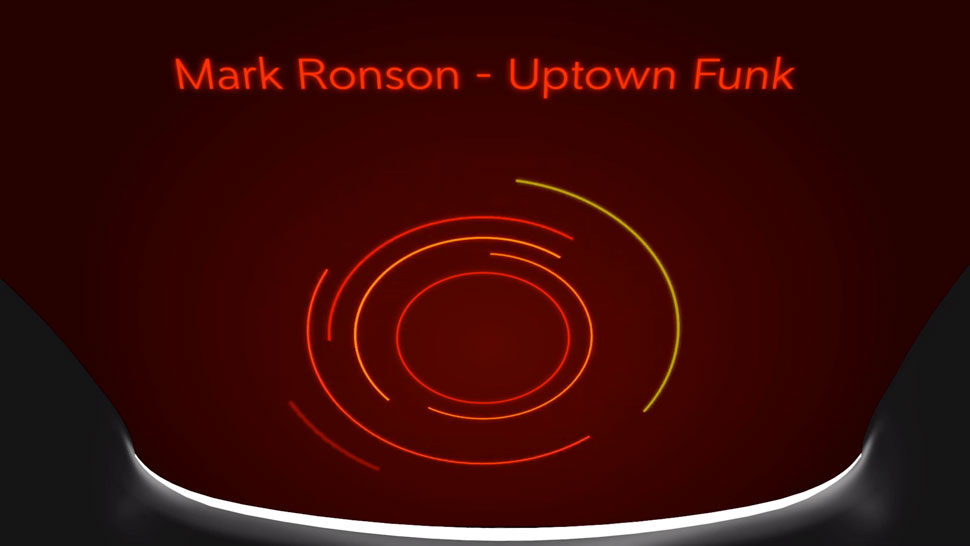

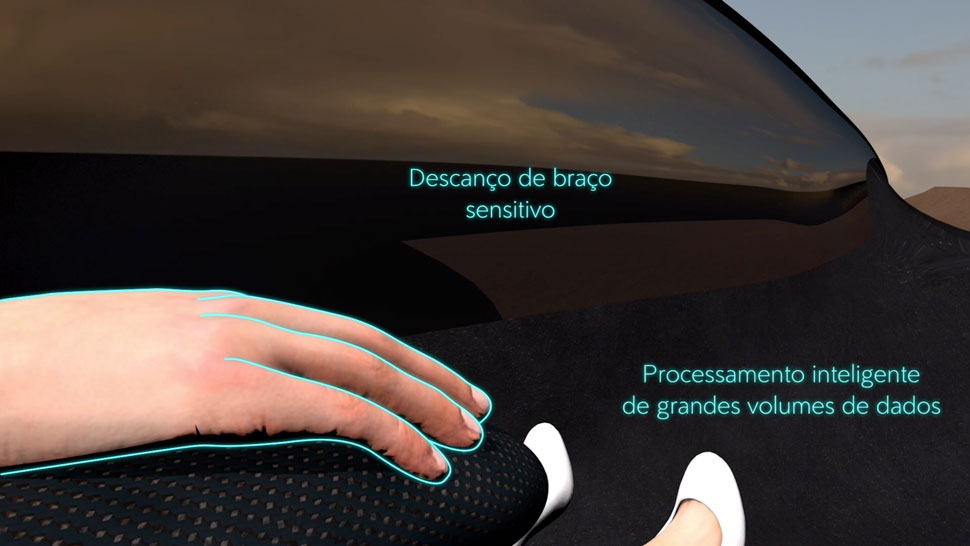
ON GRAPHIC DESIGN
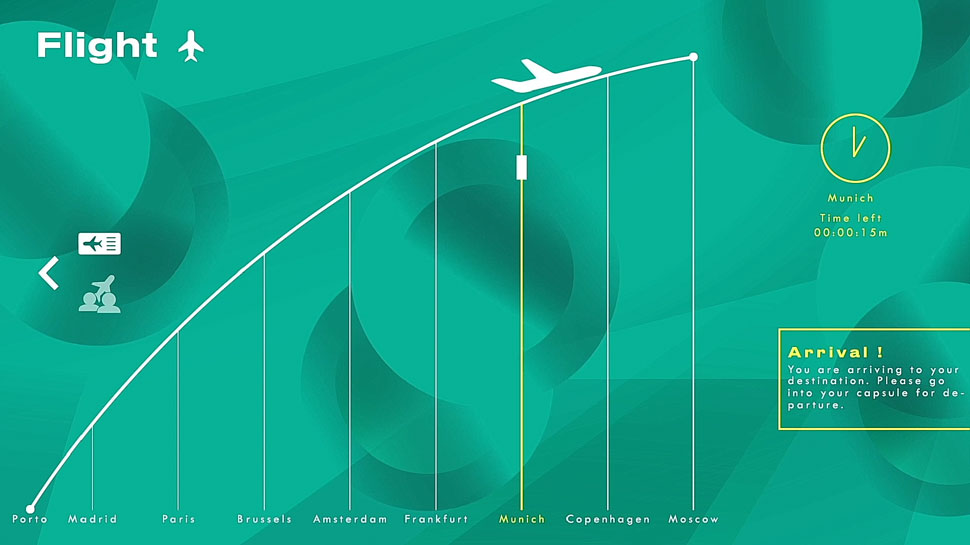
Rubik, Fábio Aveiro, Patrícia Ferreira, Simão Gomes e Tiago Cândido
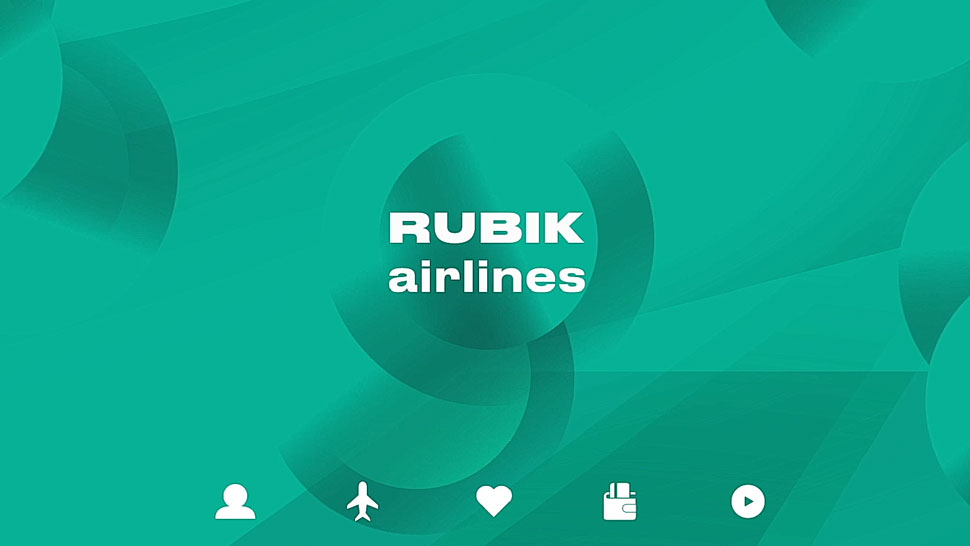
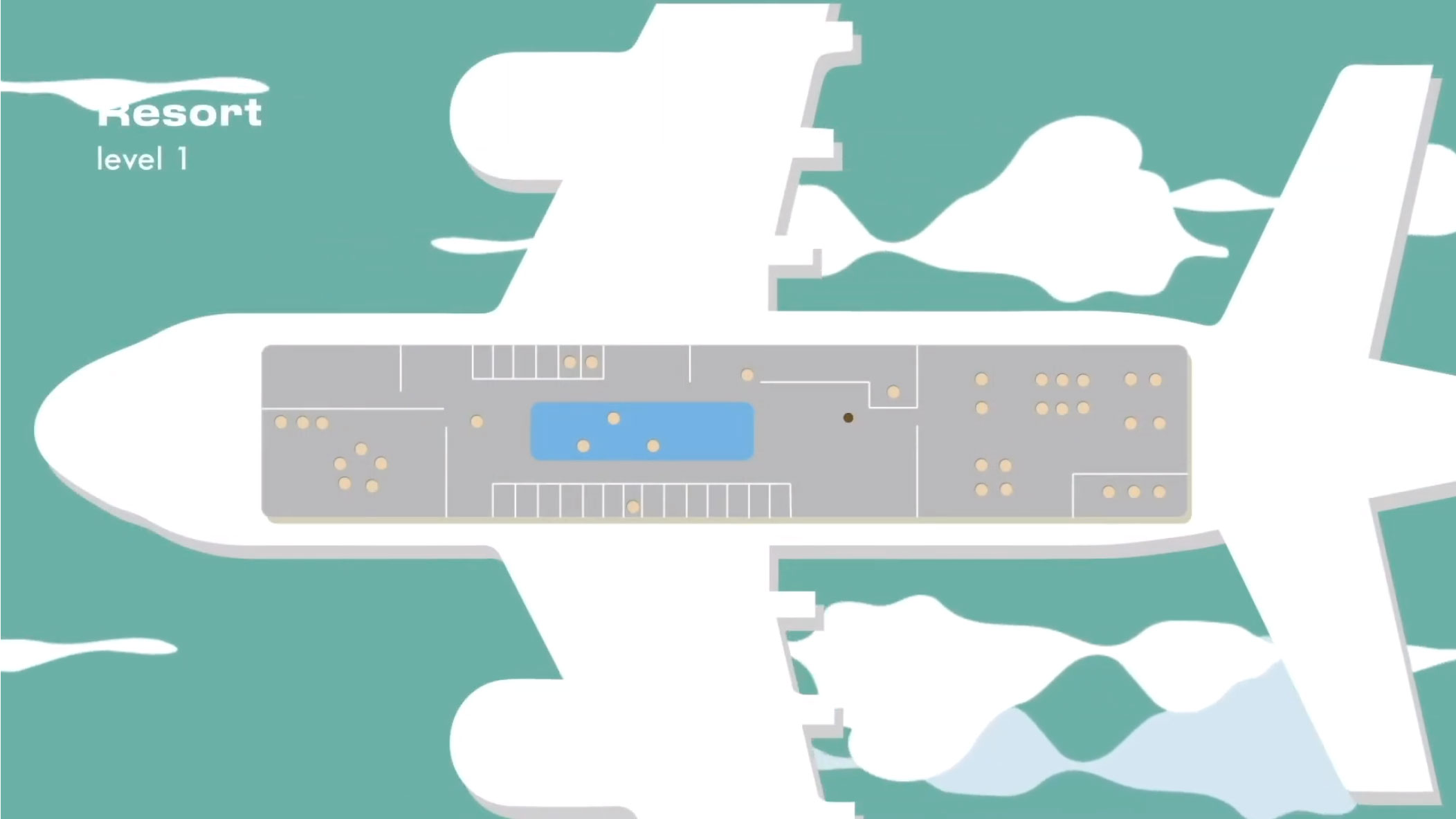
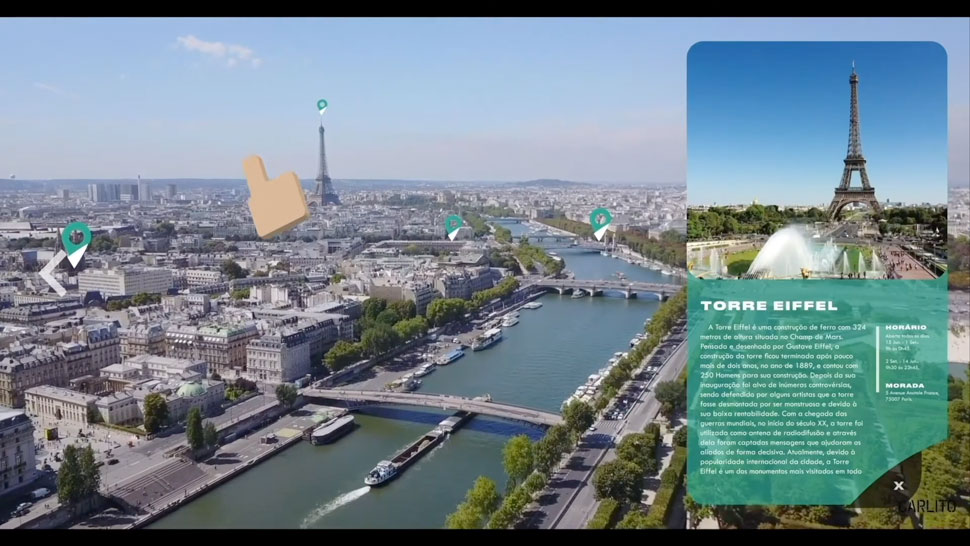
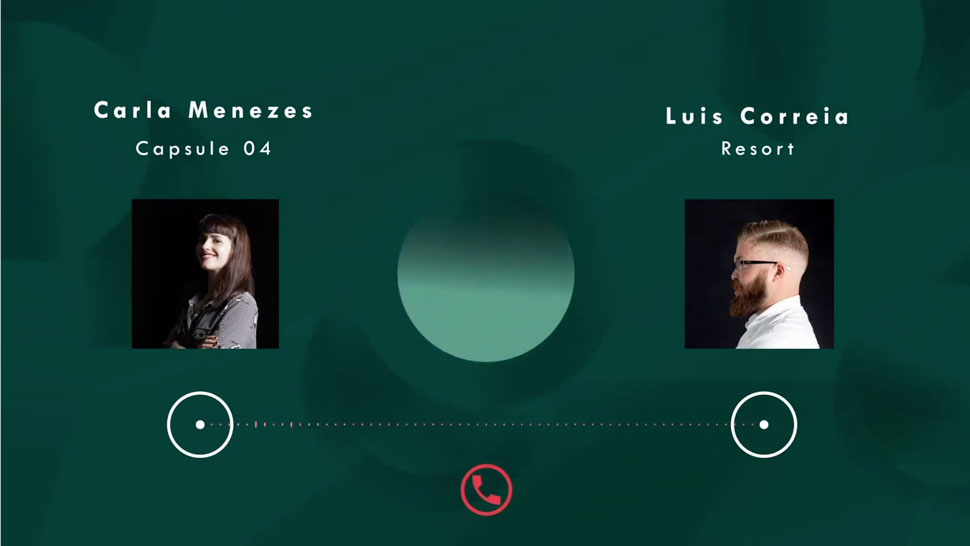
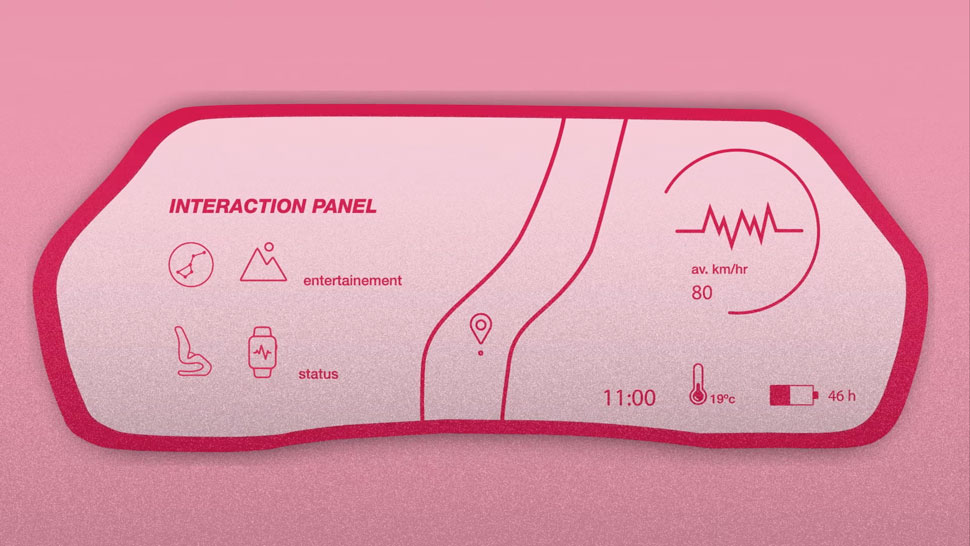
Letz, Gonçalo Silva, Inês Fernandes, Madalena Calça e Pina, Matilde Azambuja
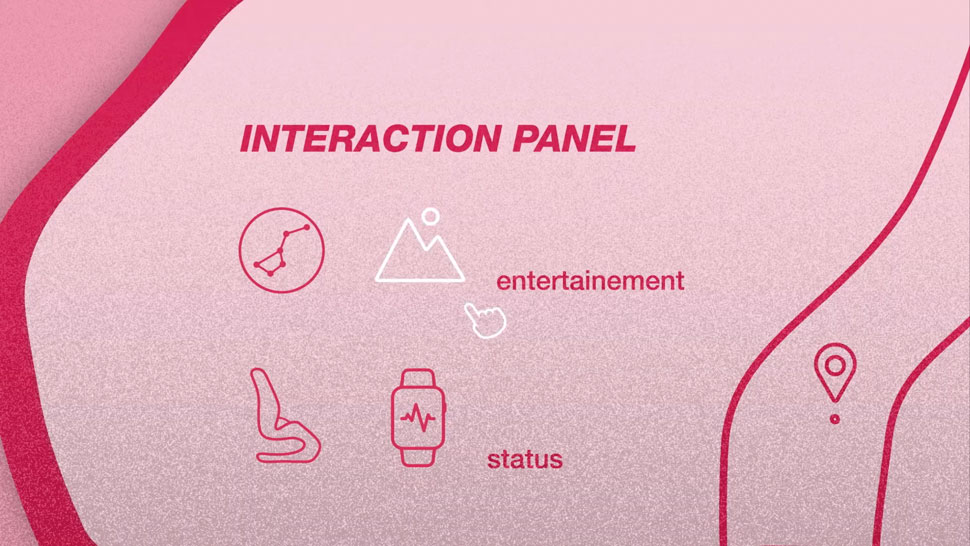
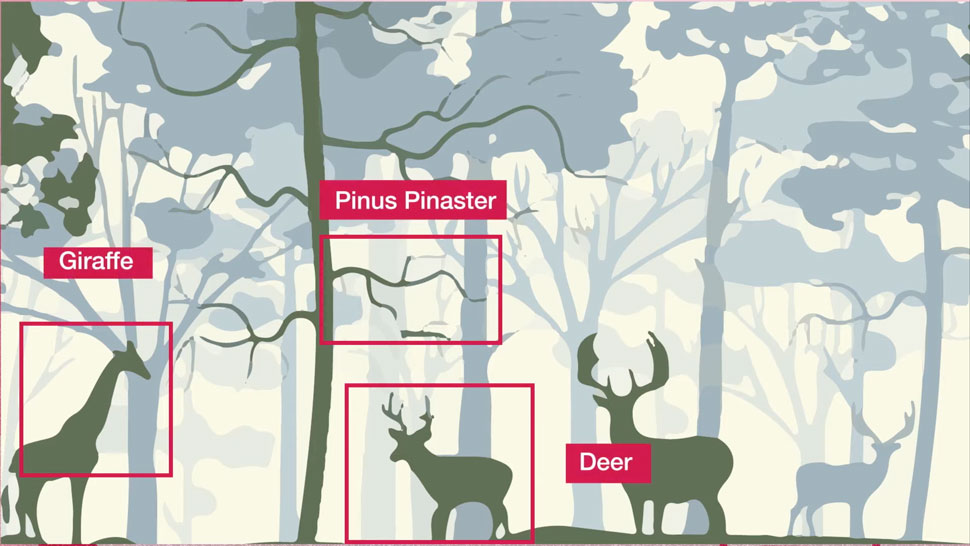
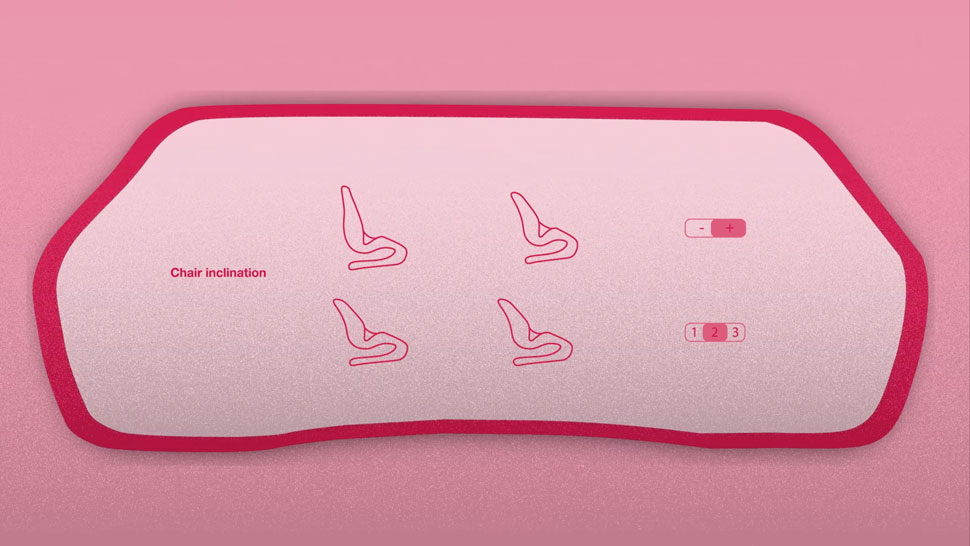
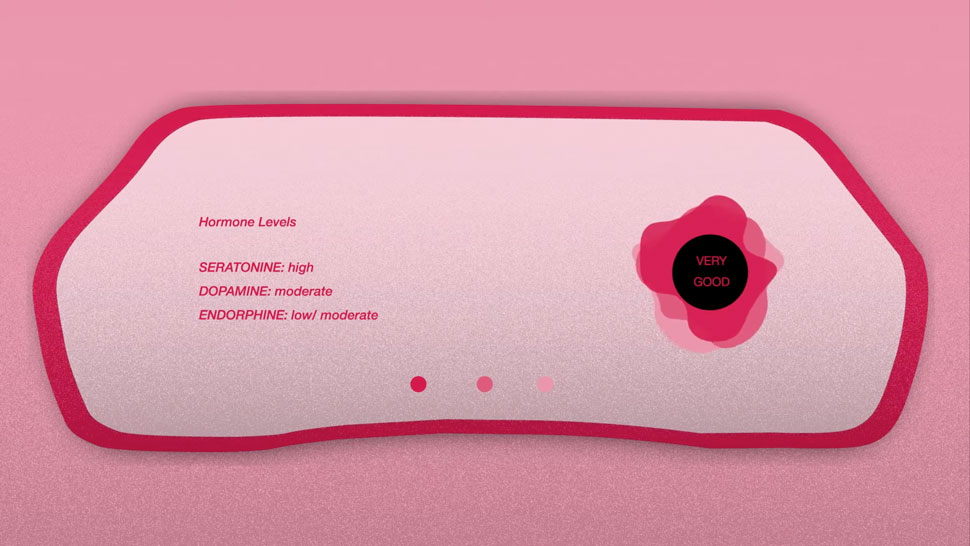
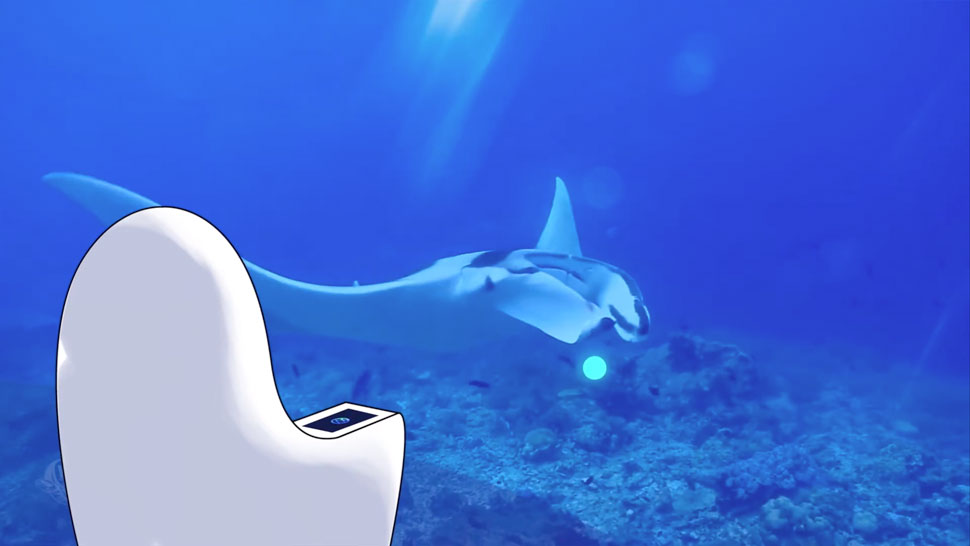
OVA, Albert Dias, Daniel Fernandes, Diana Silva, João Lopes

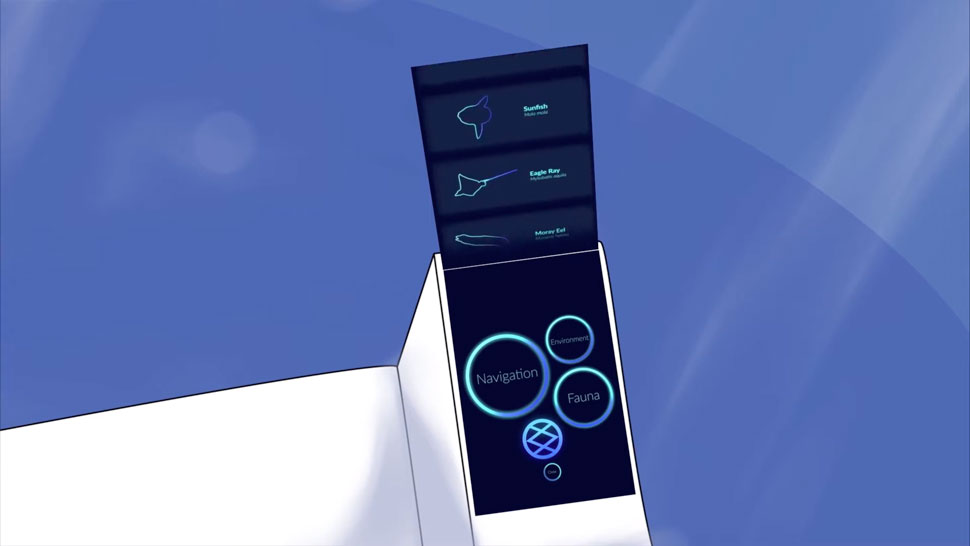
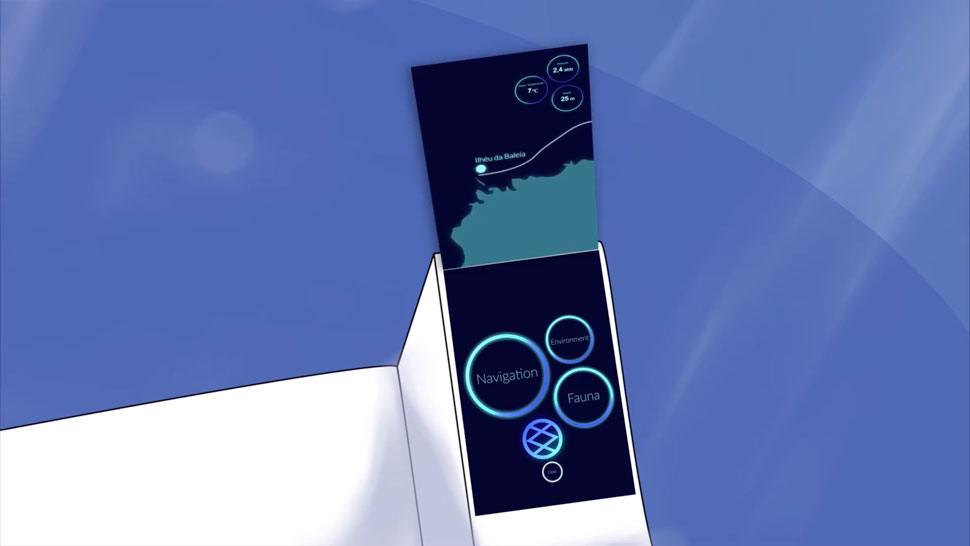
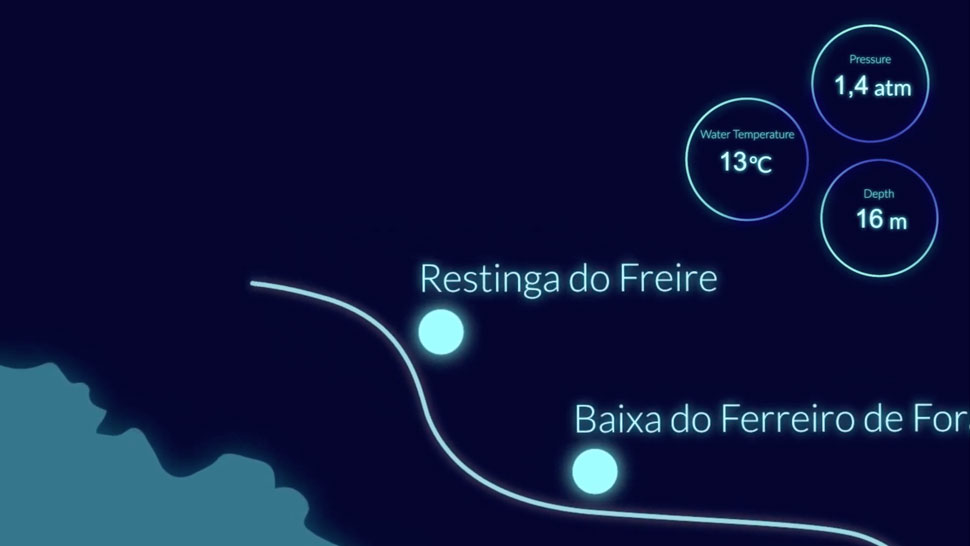
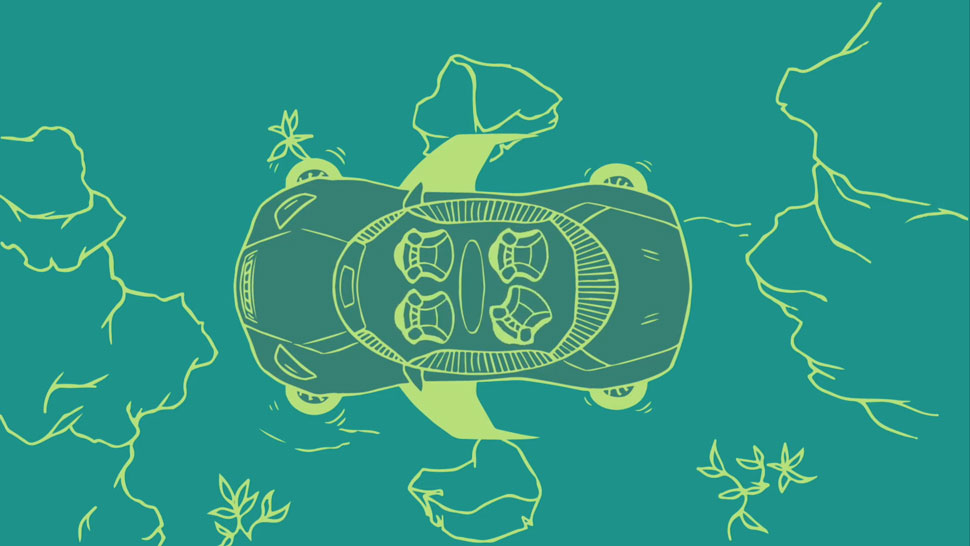
Nymph, Adriana Couto, Catarina Couto, David Pereira, Gabriela Santos
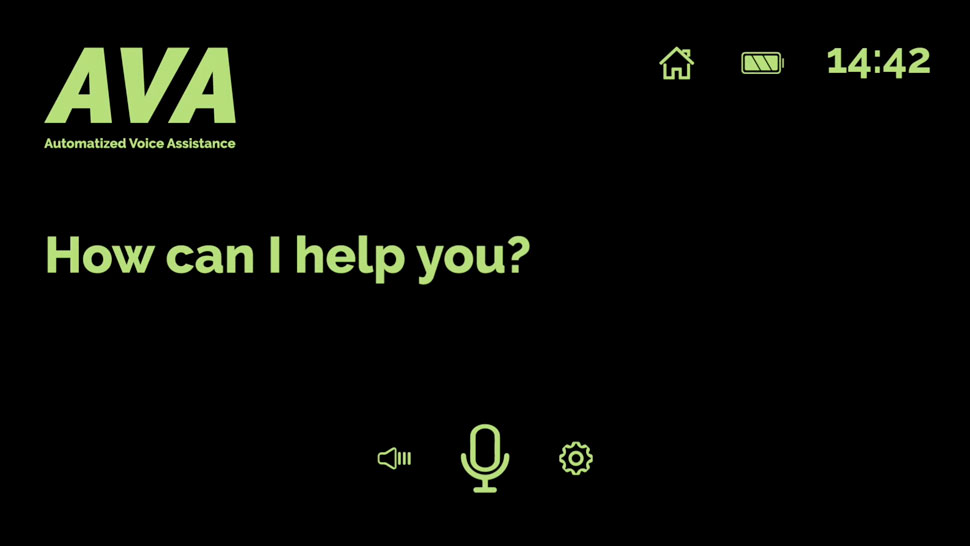
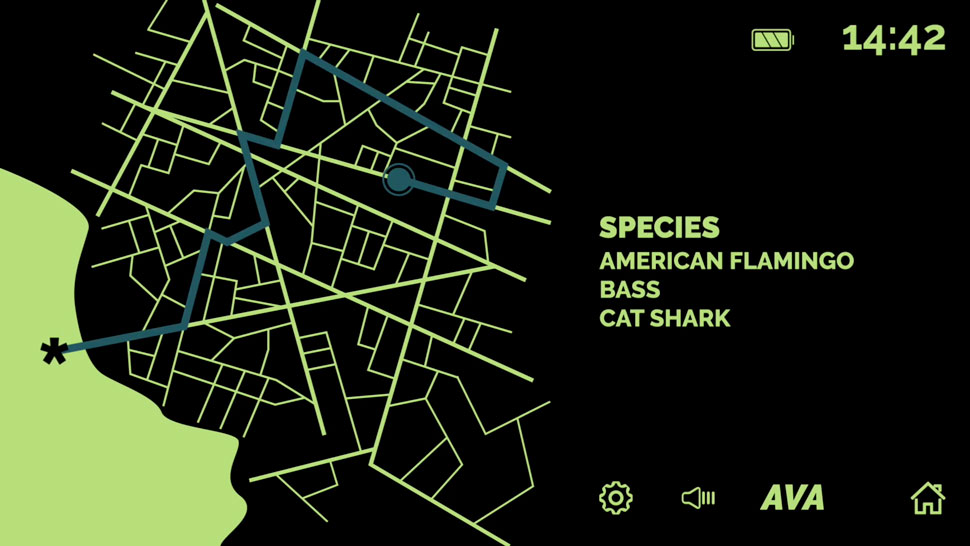
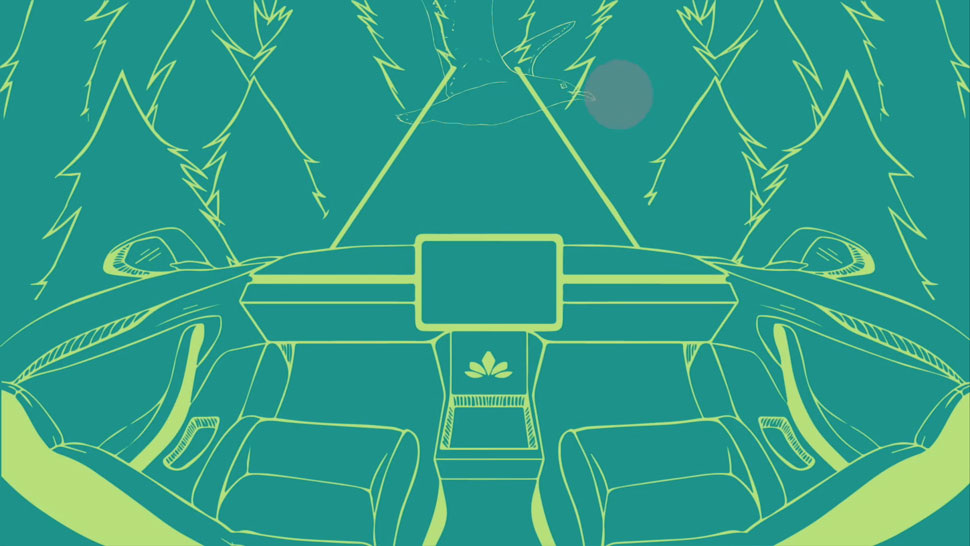
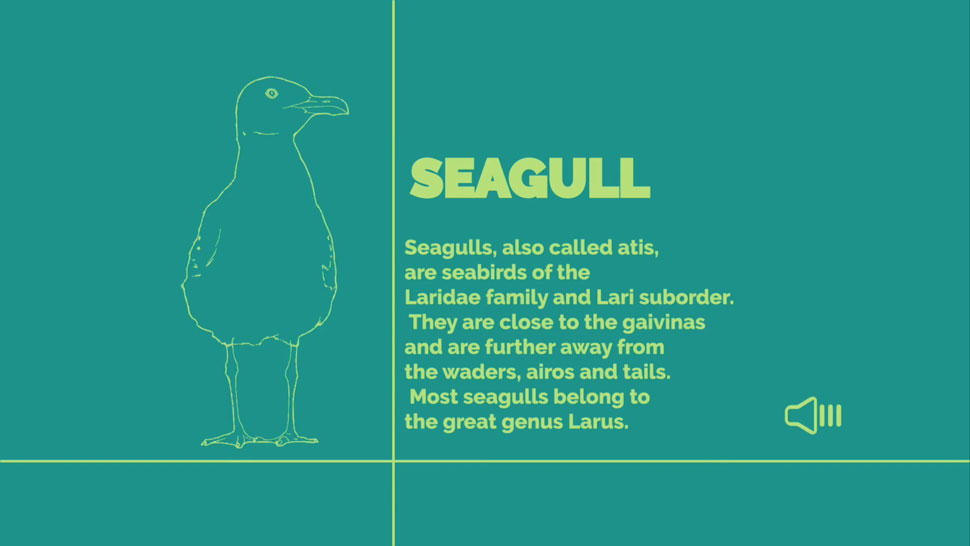
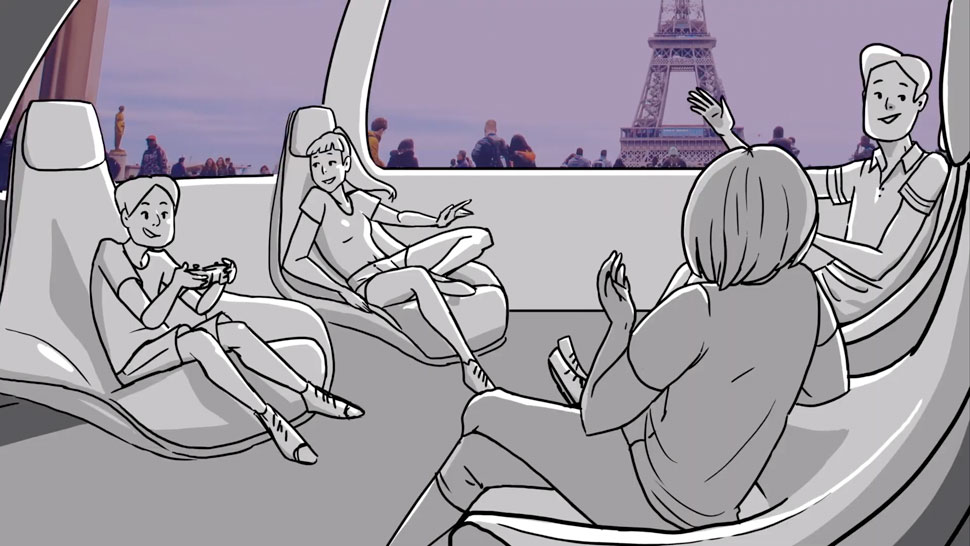
Omicron, Leandro Soares, Maria Inês O'neill, Maria Rosa, Rita Araújo
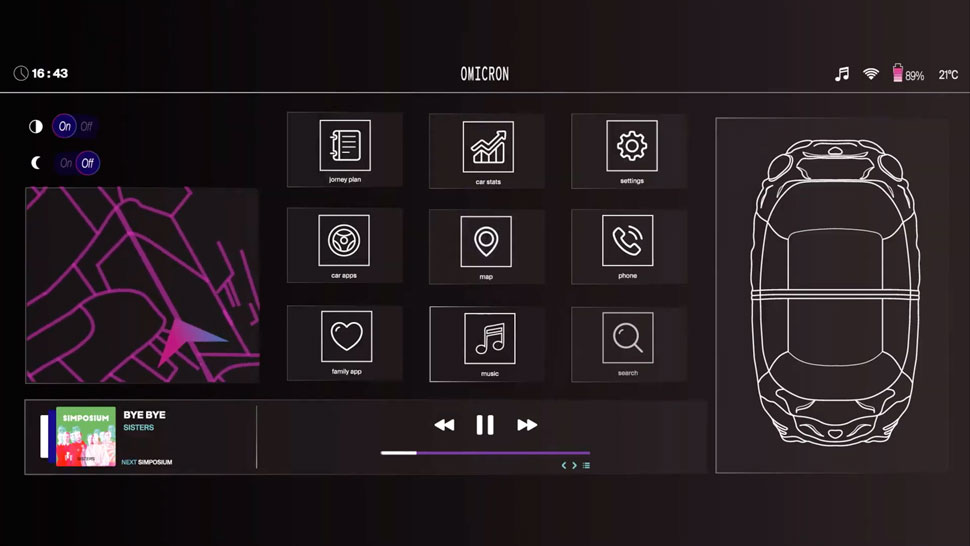

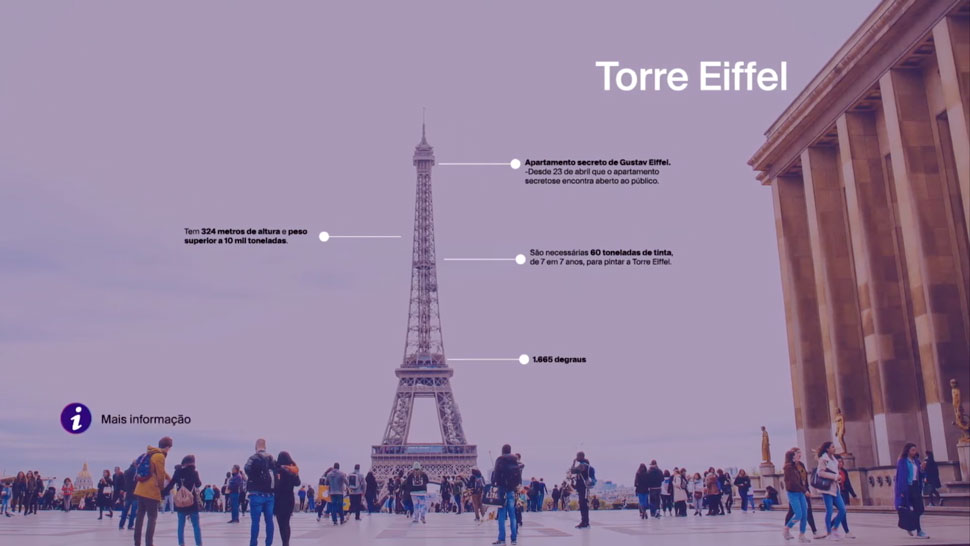
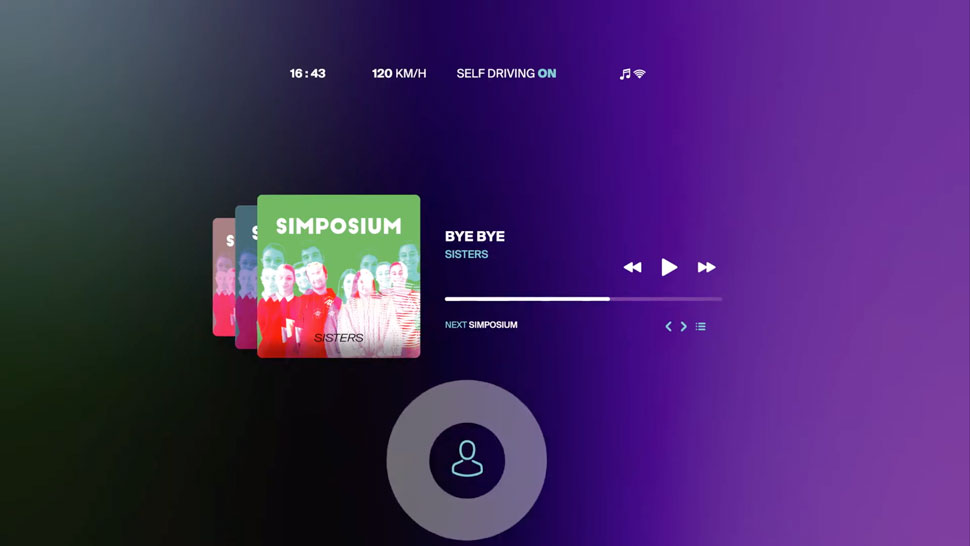
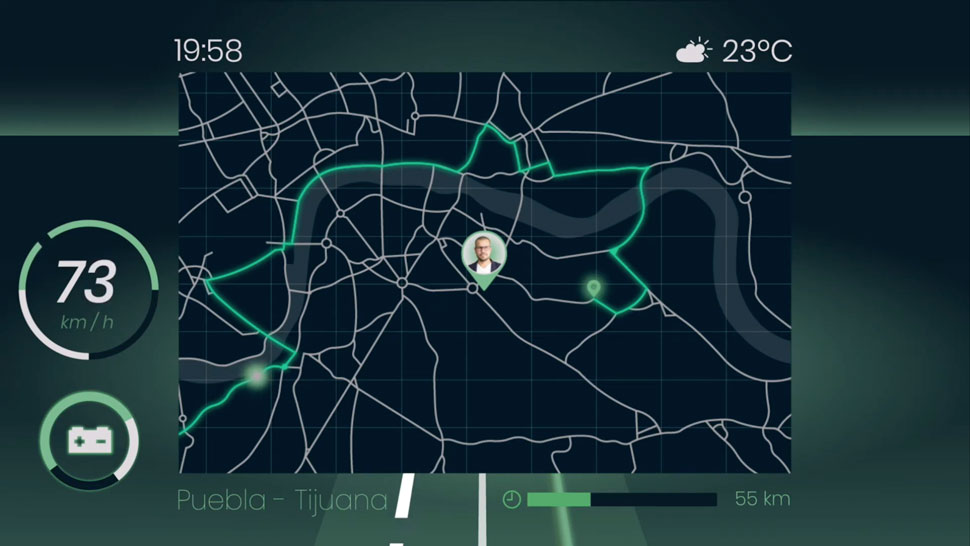
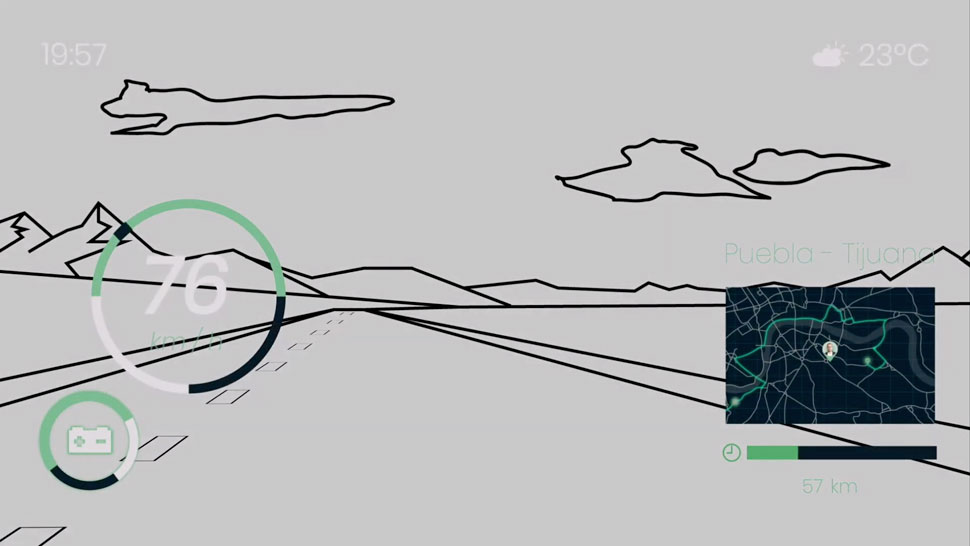
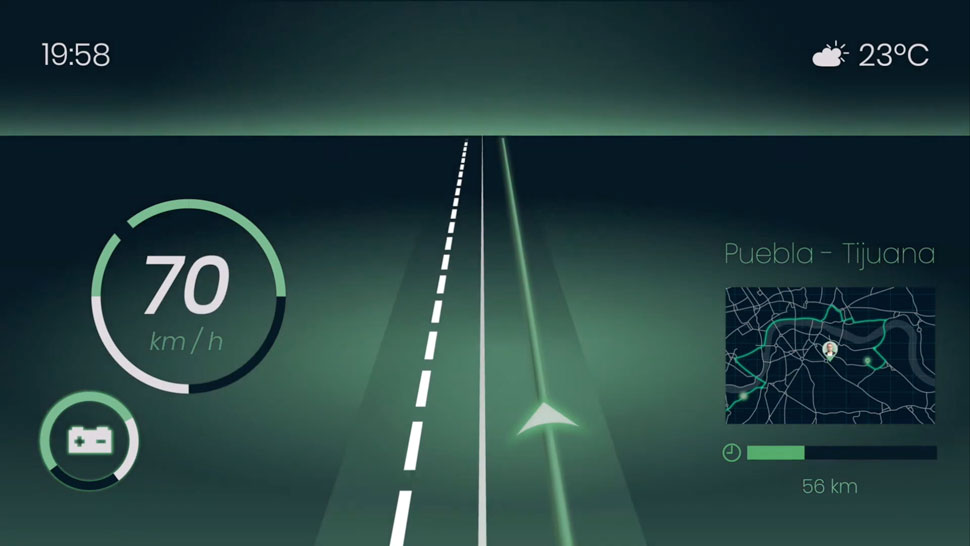
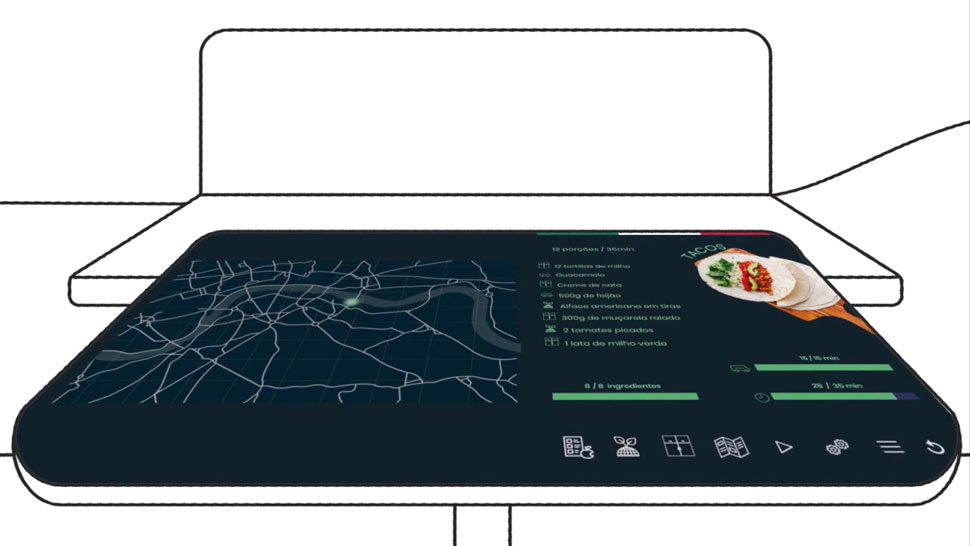
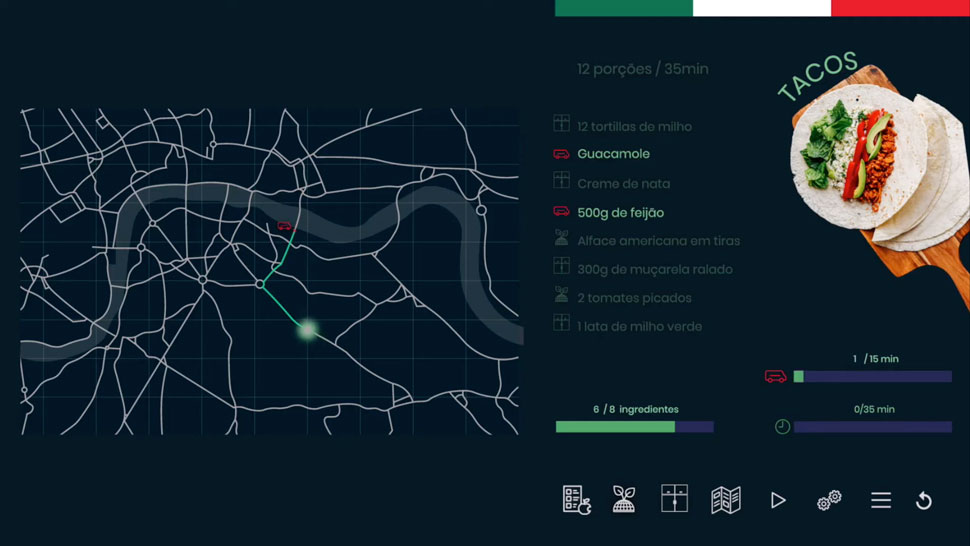
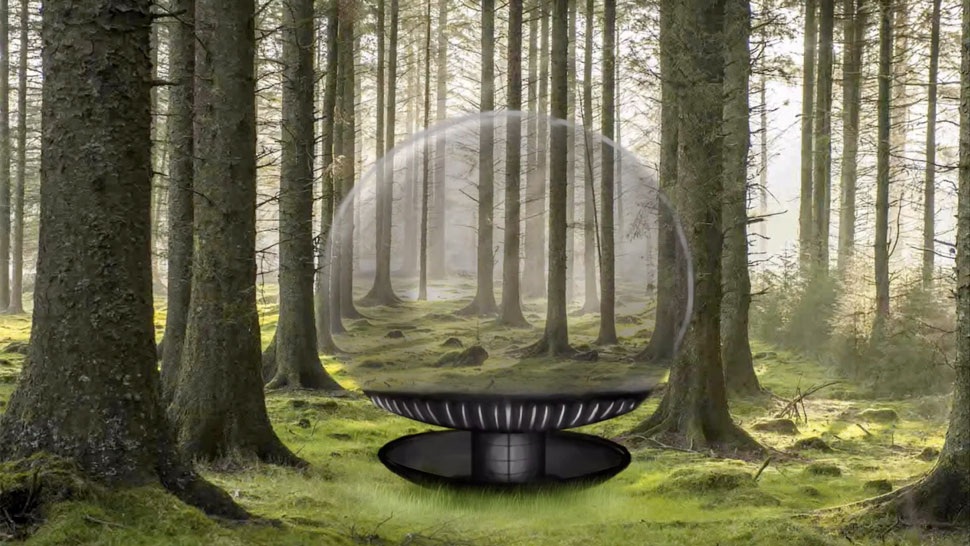
Around, Ana Pereira, Eugénia Santos, Saul Ornelas, Tamira Cruz
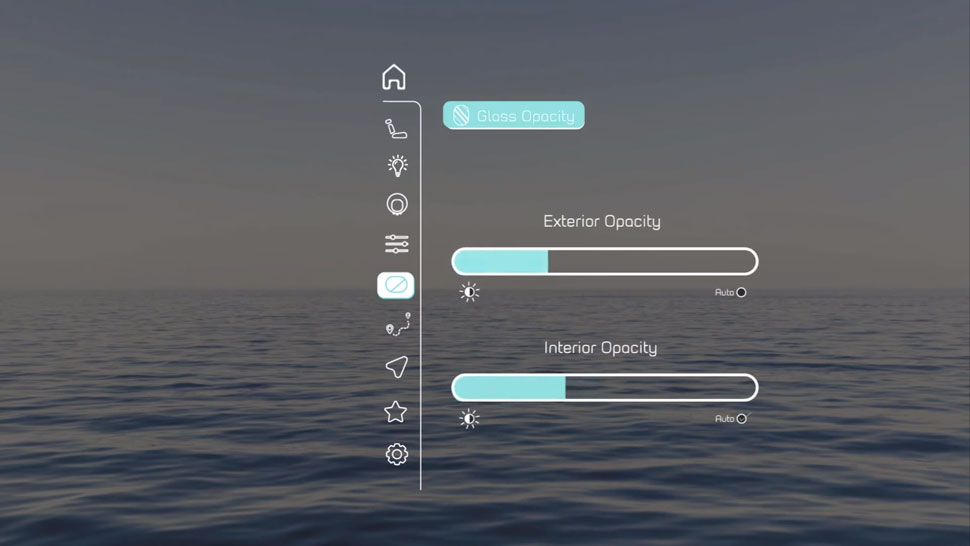
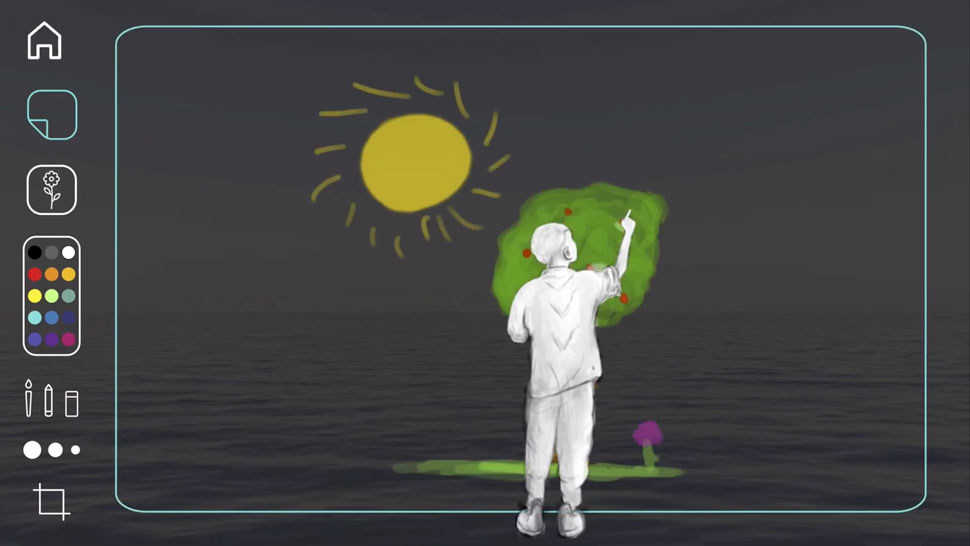
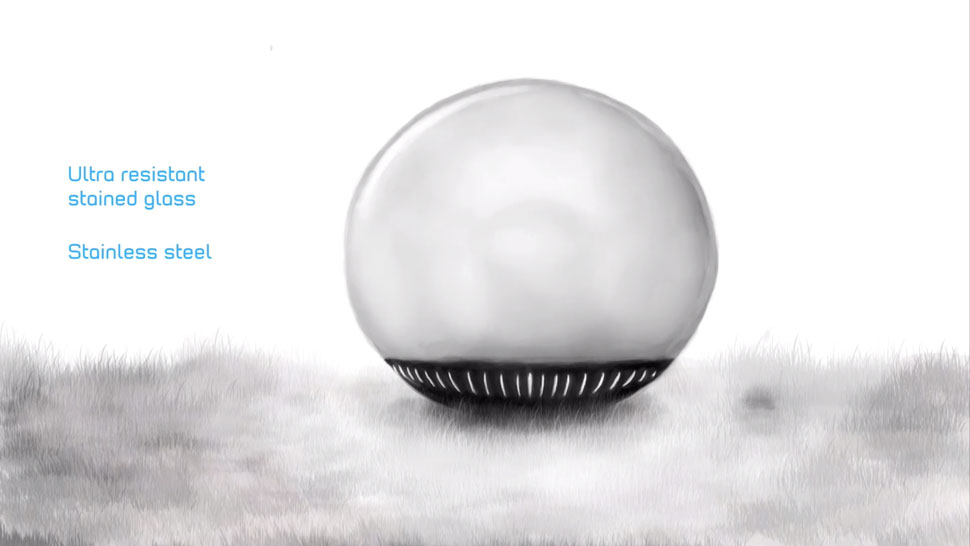


Above, Bruna Santos, Carolina Pato, Edna Pinto, Joana Galvão
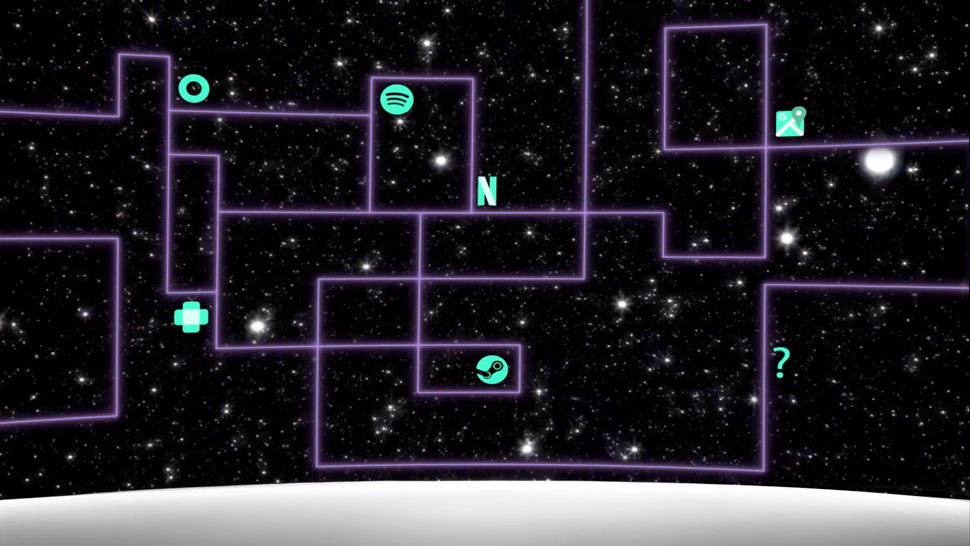
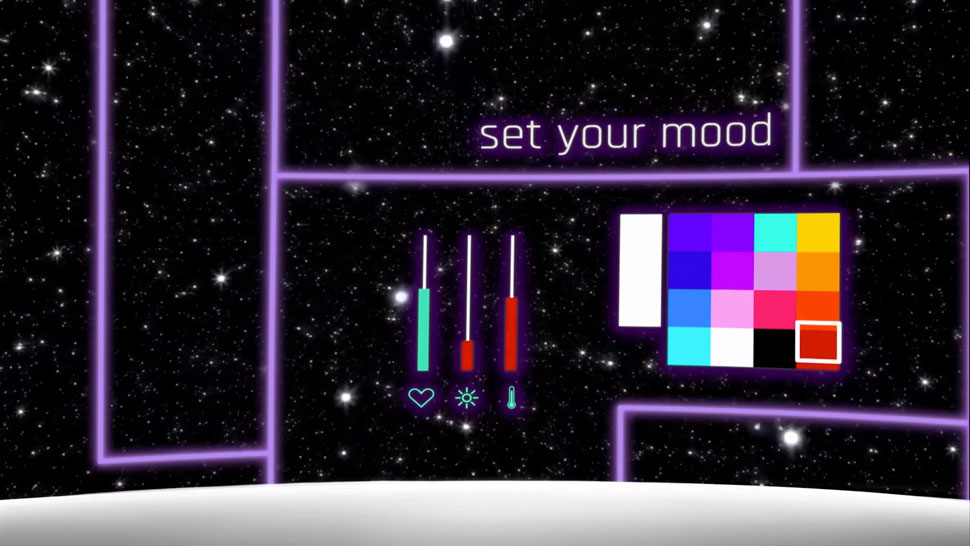
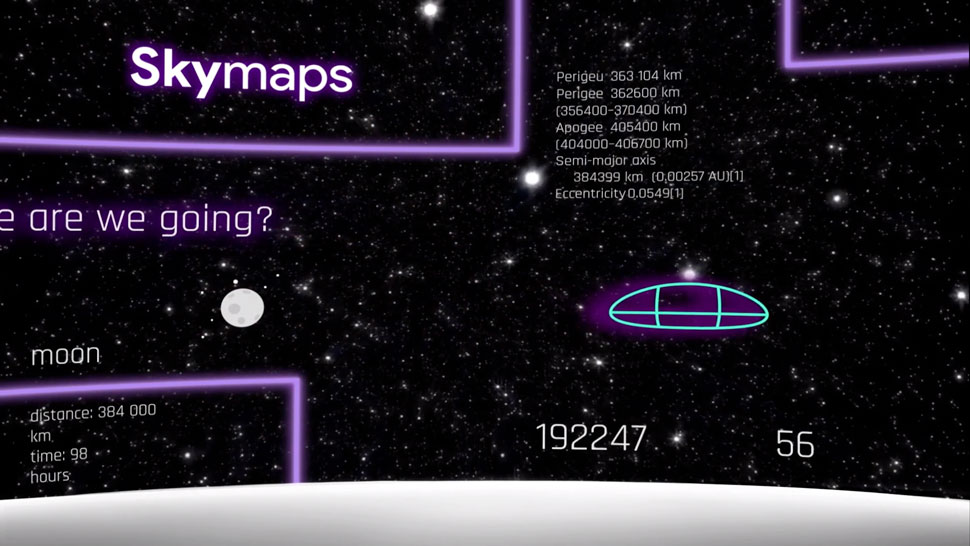
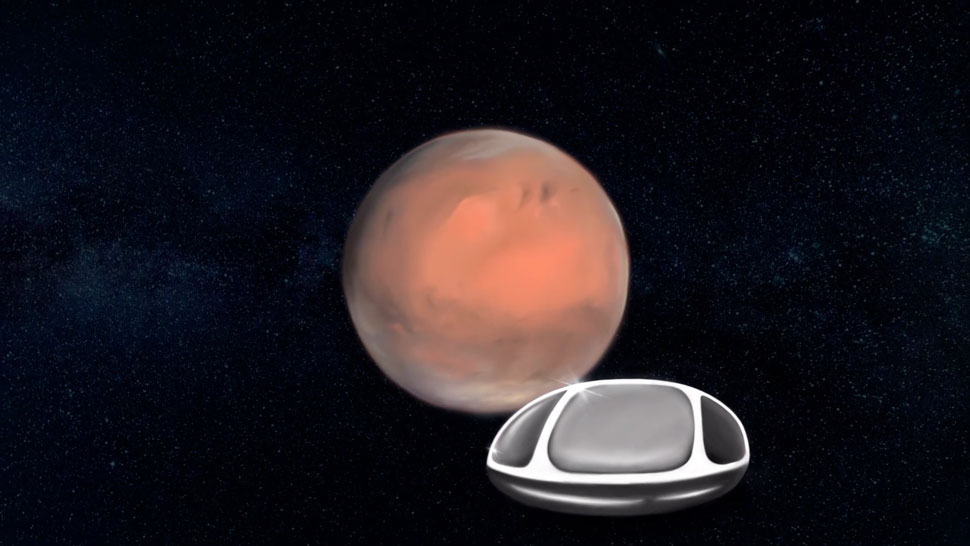
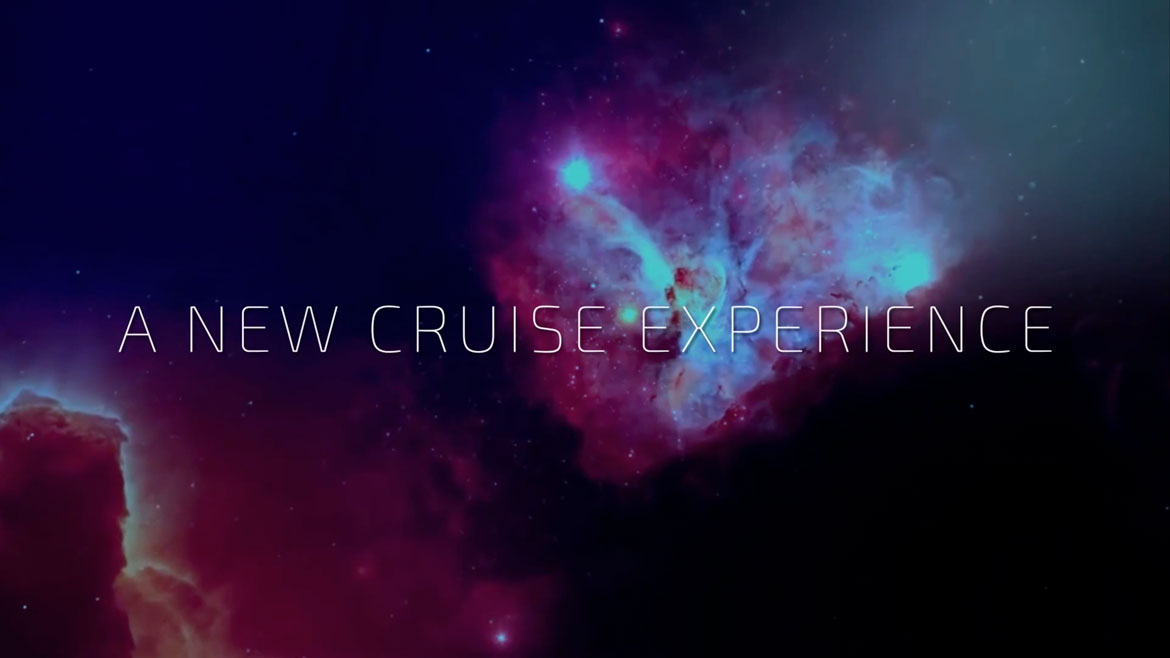
follow-up
I used Microsoft Teams for the follow-up of student's work, integrated with third party collaborative apps such as Miro, Invision and Trello. Students shared their screen and we discussed together the ongoing design thinking process and concept as welll as the methods that dervied from expositive classes.
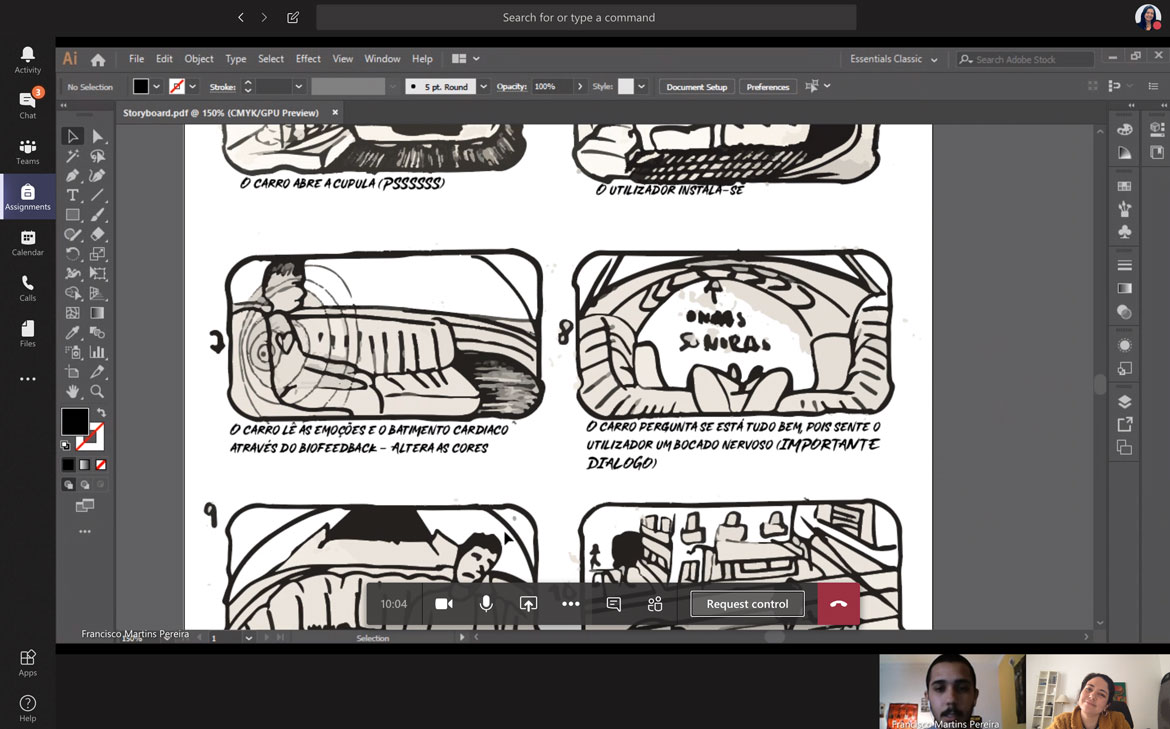
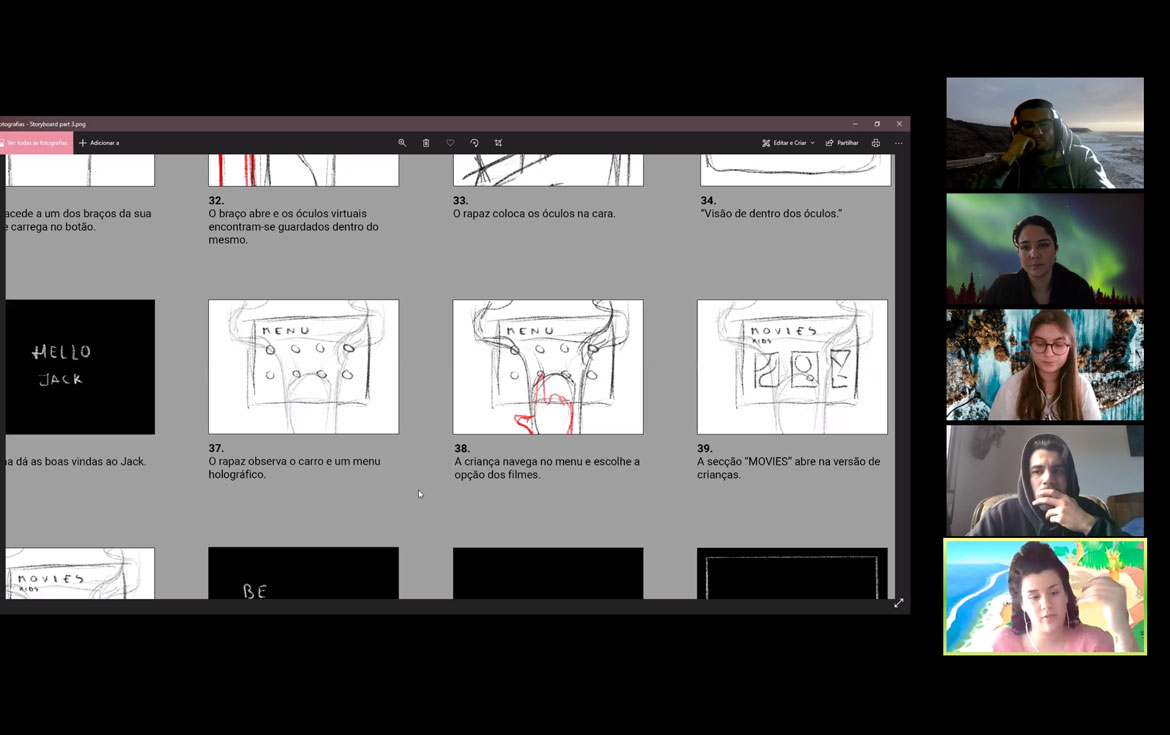
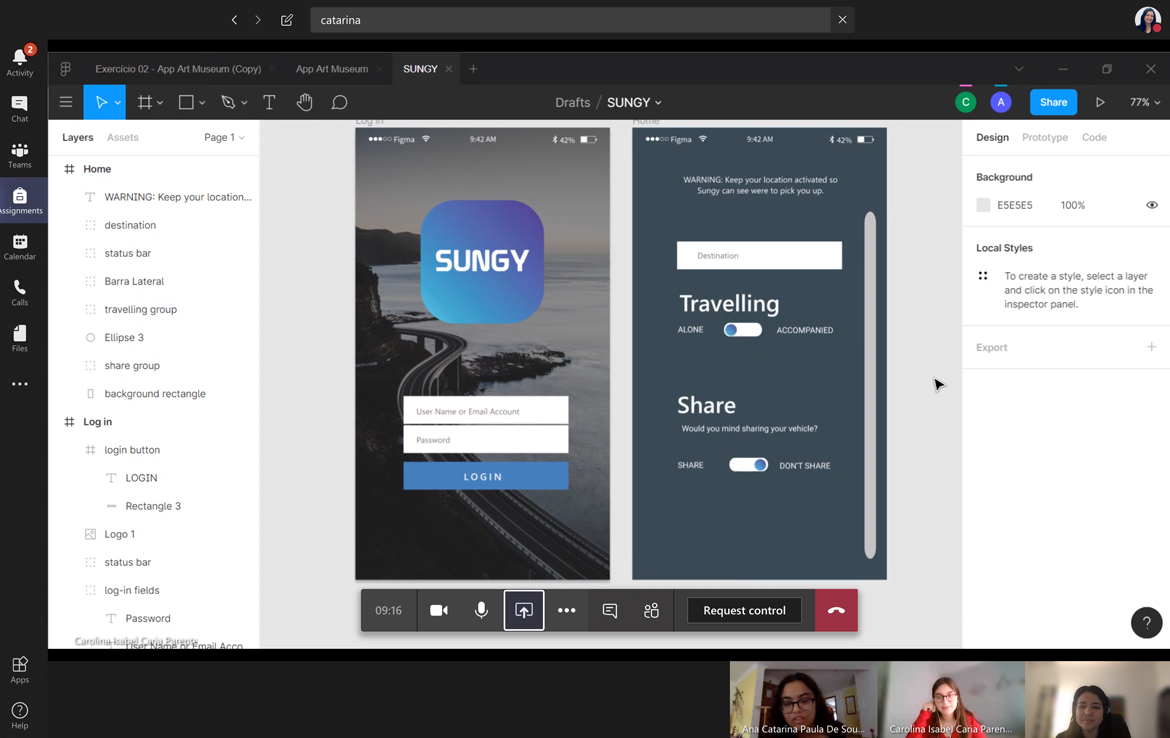
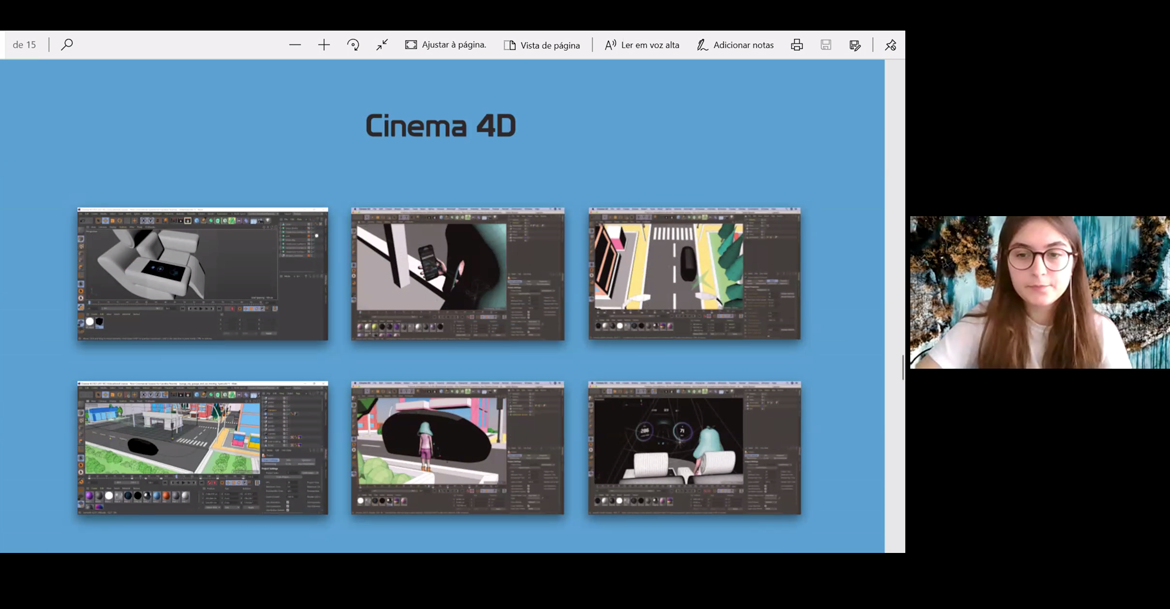
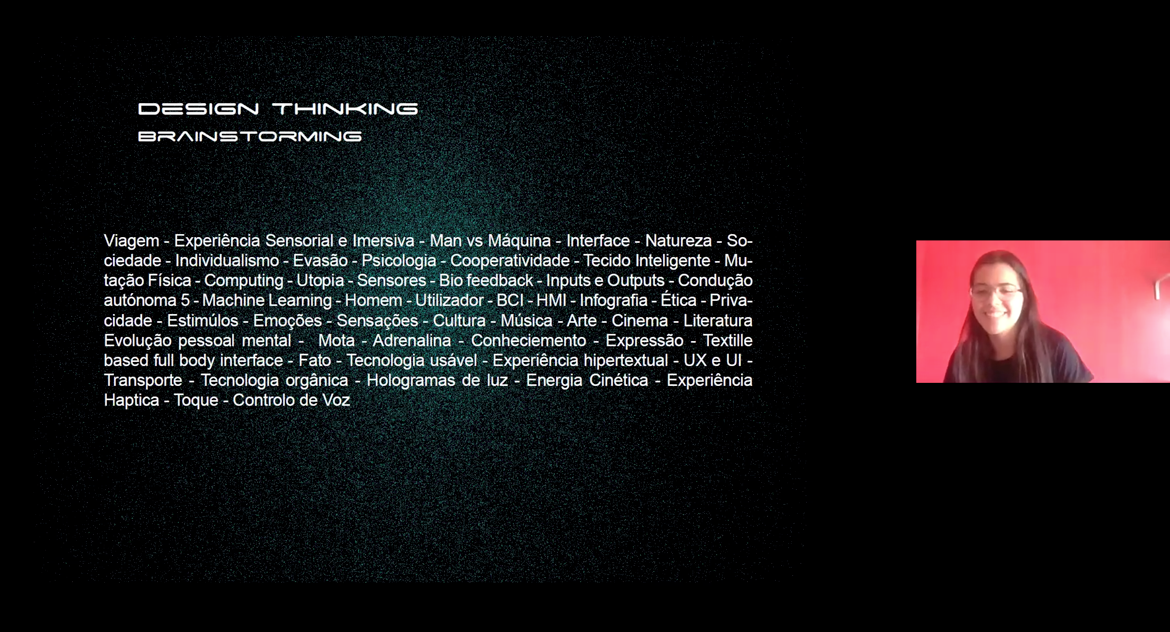
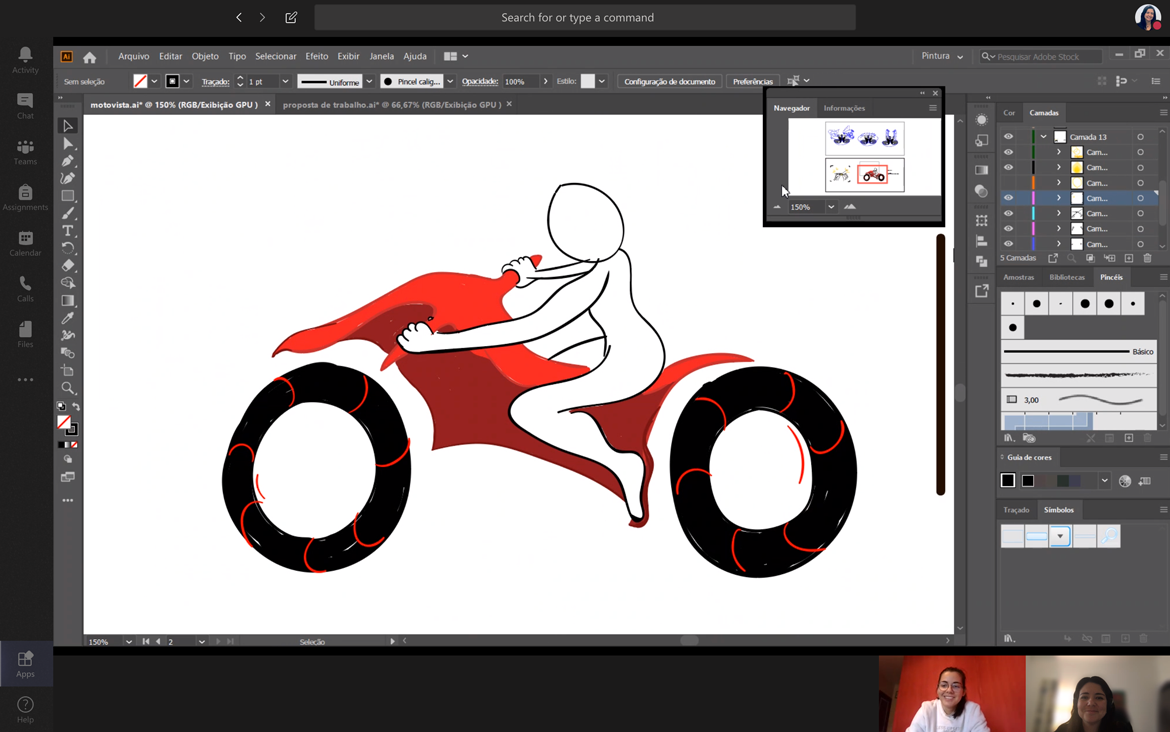
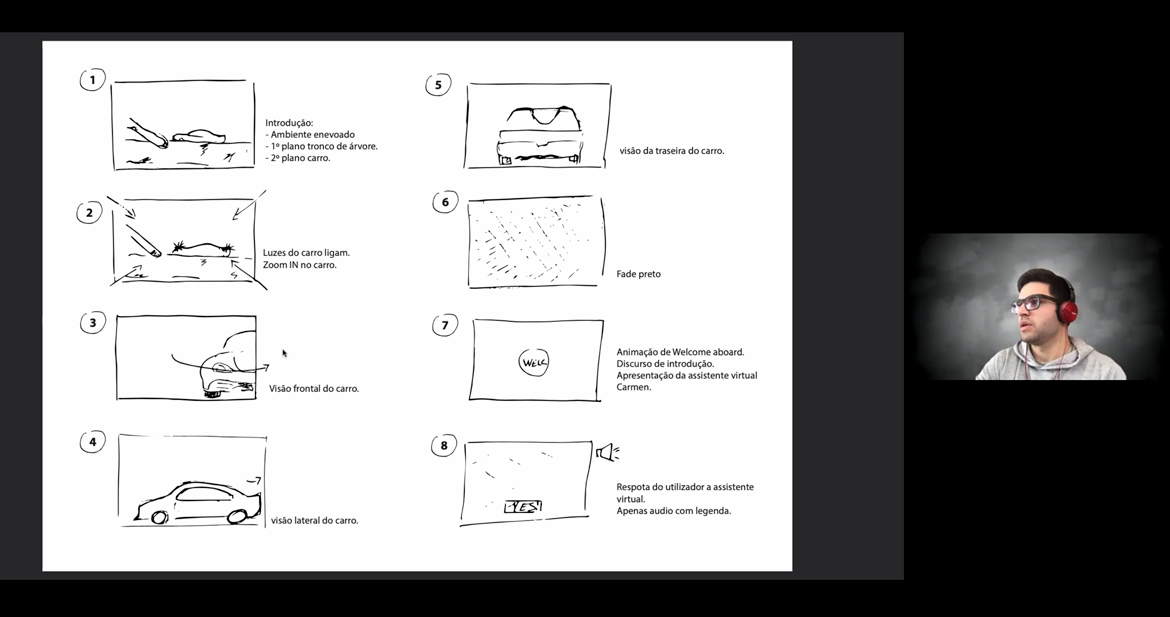
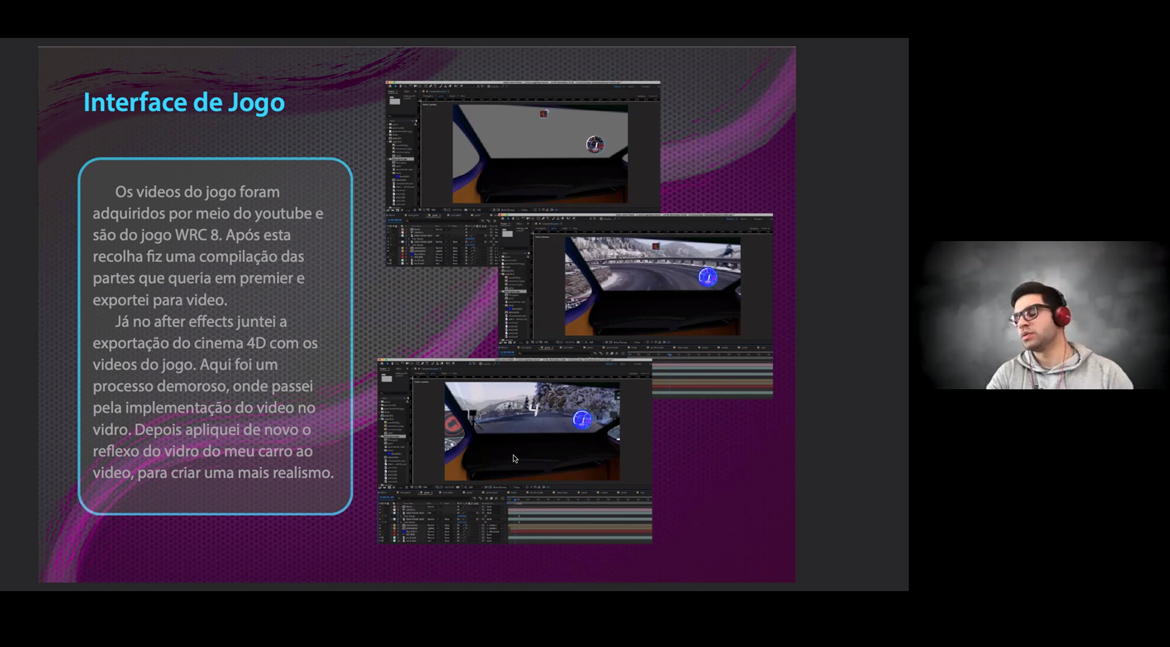
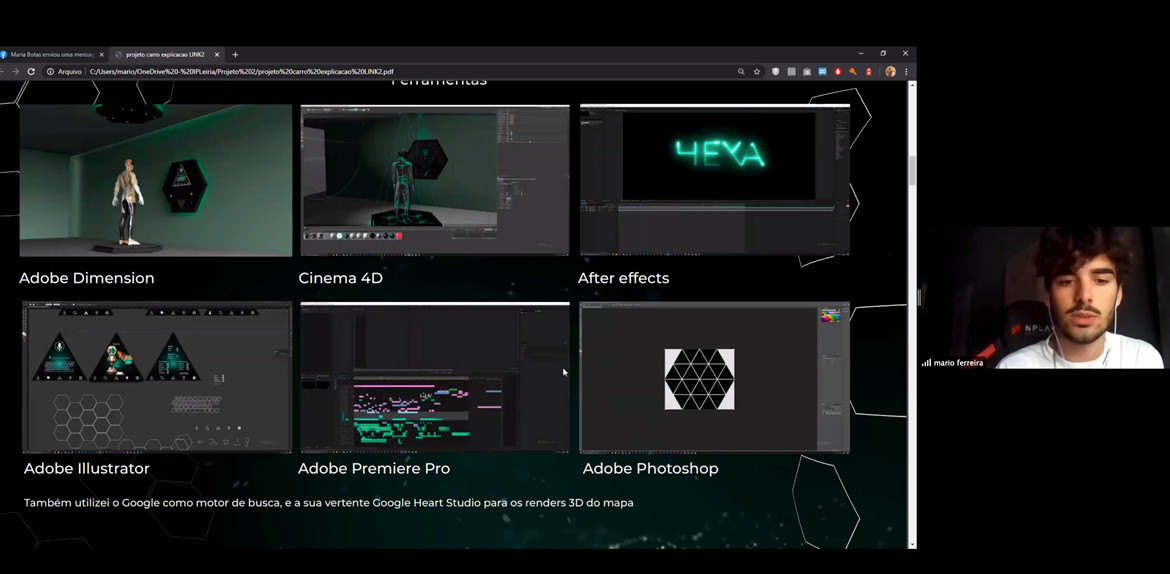
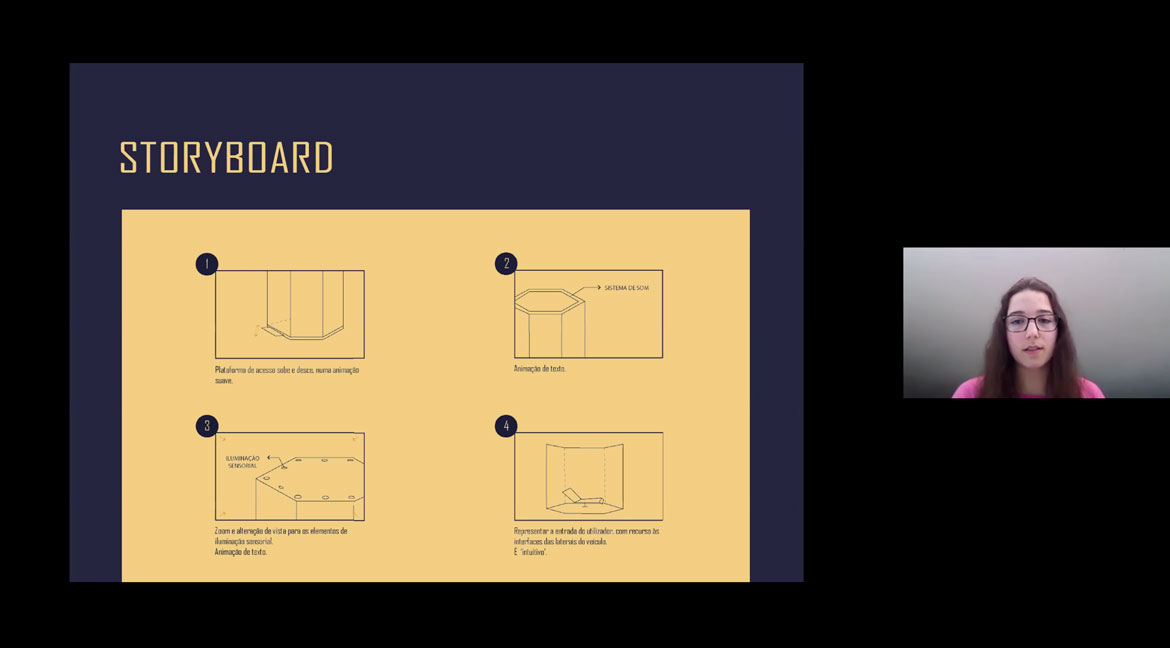
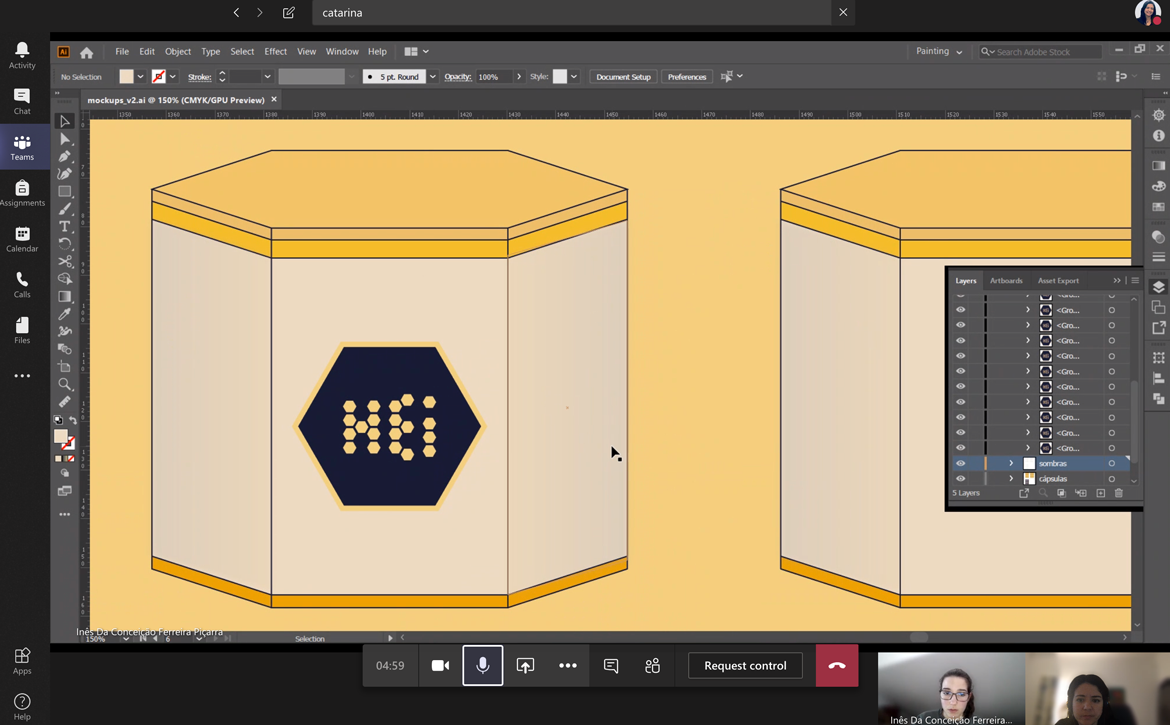
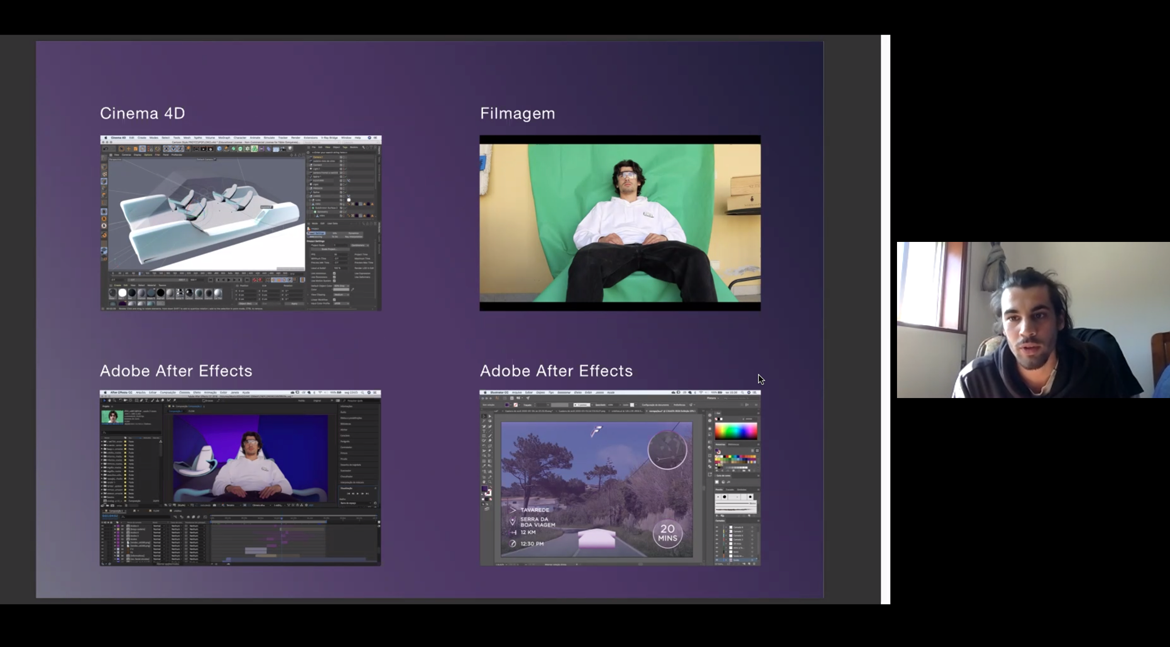
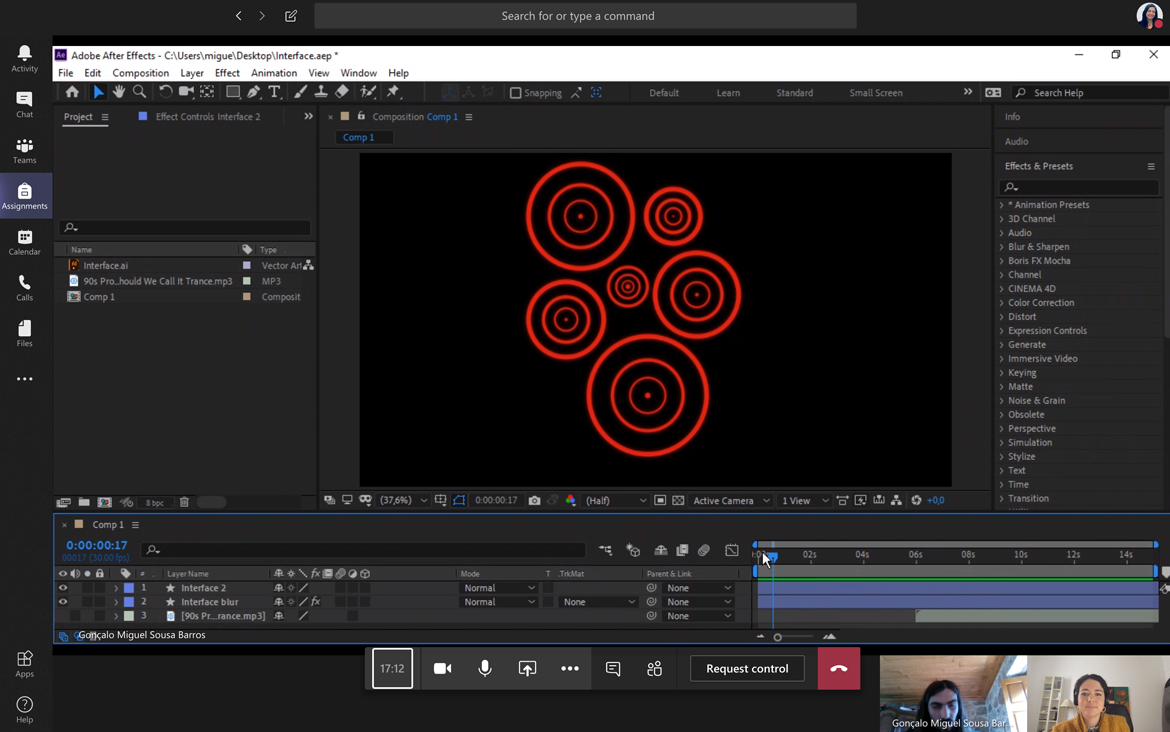
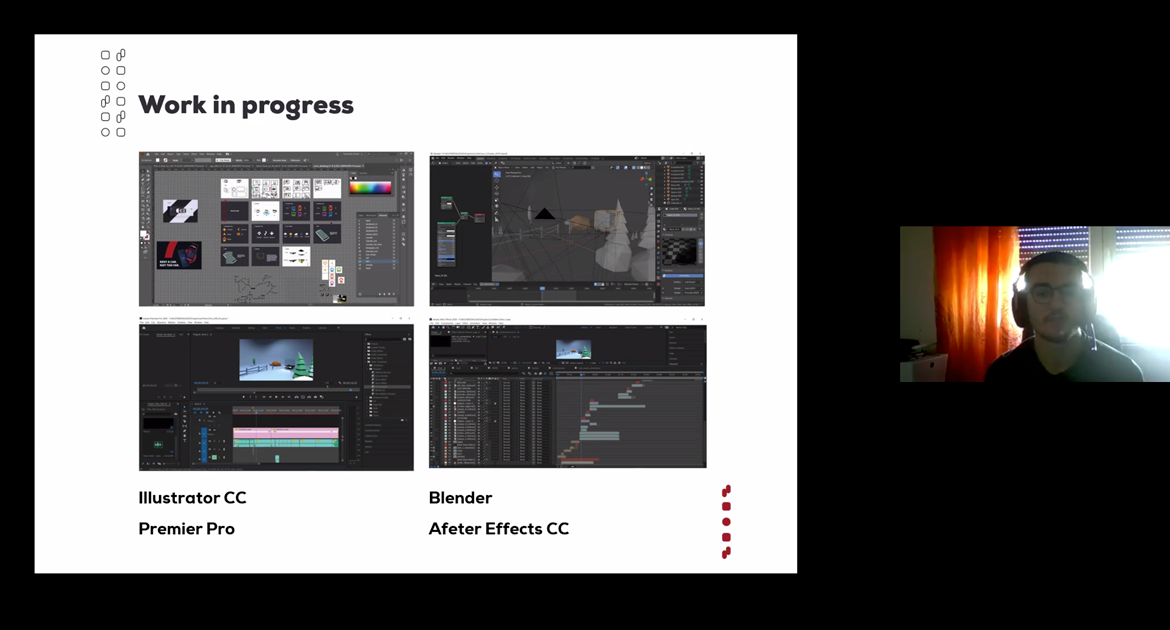
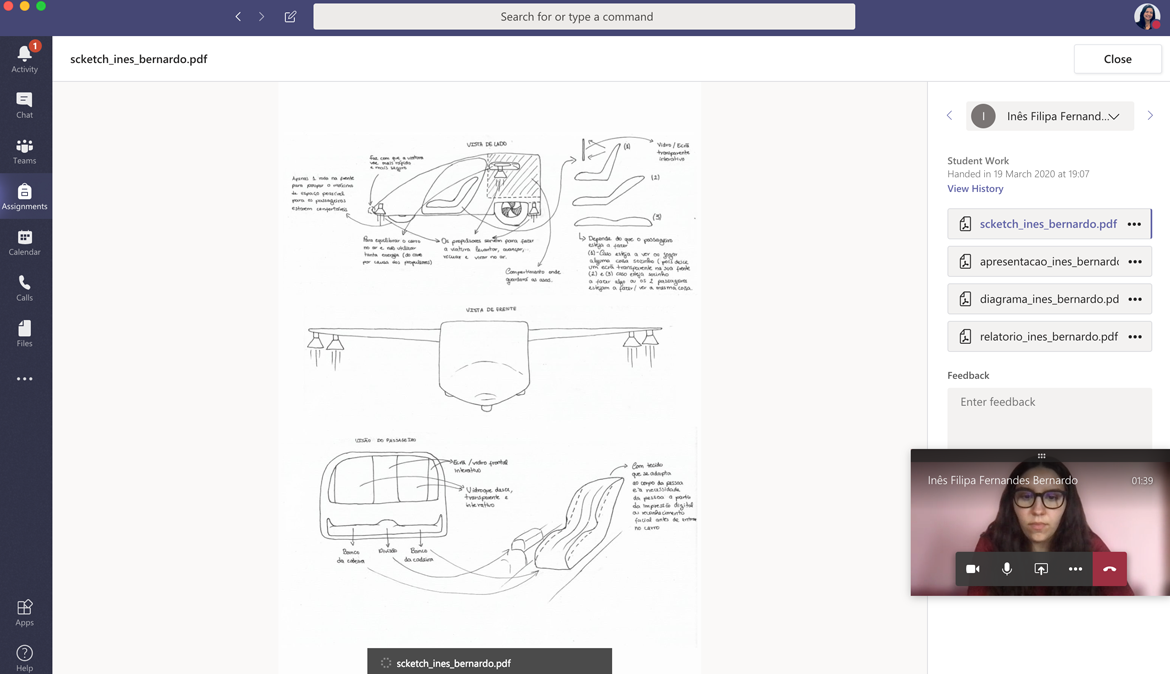
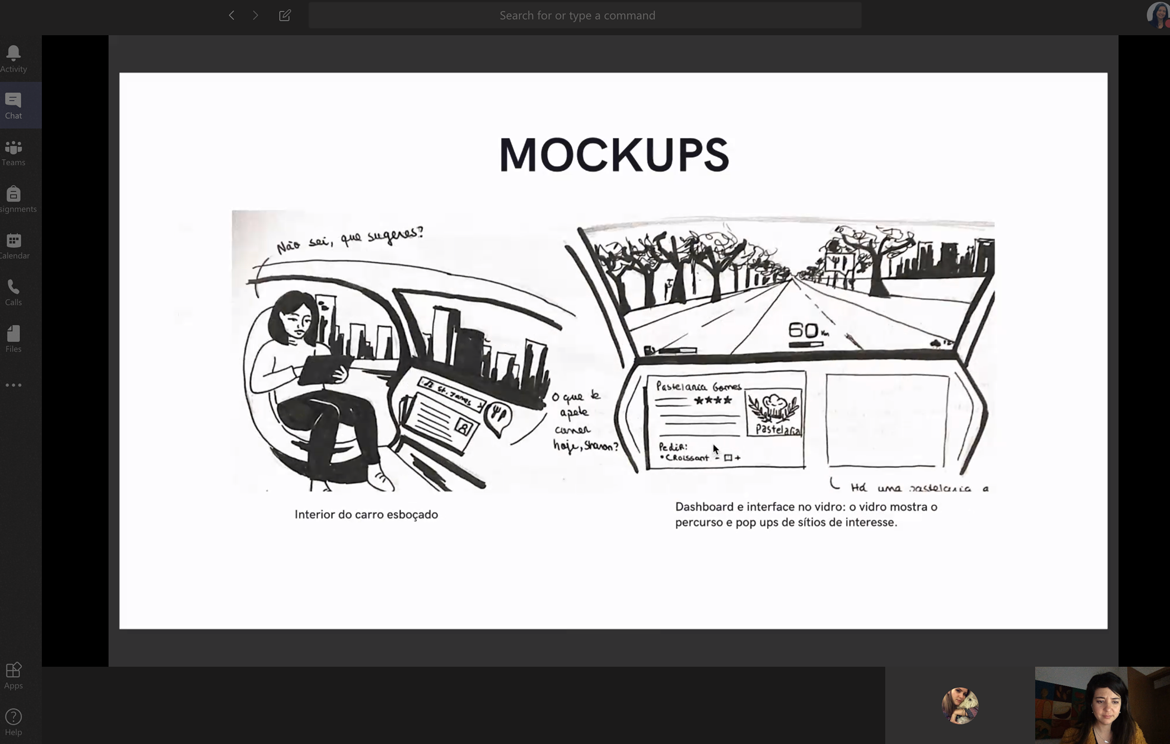
motion graphics
In the end, all class work was compiled into a digital masterpiece with a coherent narrative. The sequence of the work was thoughtfully arranged based on concept affinity, chosen interfaces, user story, and ambience mood. This work was presented at MW Symposium.
GRAPHIC DESIGN CLASS
MULTIMEDIA DESIGN CLASS
BRIEFING REFERENCES
- H.Lio, J.H. & Rauterberg, M., 2008. AIRSF - a new entertainment adaptive framework for stress free air travels. ACE '08 Proceedings of the 2008 International Conference on Advances in Computer Entertainment Technology
- Alt, F. et al., 2010. Enabling micro-entertainment in vehicles based on context information. AutomotiveUI '10 Proceedings of the 2nd International Conference on Automotive User Interfaces and Interactive Vehicular Applications
- Brown, B.A.T. & Laurier, E., 2017. The Trouble with Autopilots - Assisted and Autonomous Driving on the Social Road. CHI '17 Proceedings of the 2017 CHI Conference on Human Factors in Computing Systems
- Eichhorn, M., Pfannenstein, M. & Steinbach, E., 2010. A flexible in-vehicle HMI architecture based on web technologies. In the 2nd international workshop. New York, New York, USA: ACM Press, pp. 9–12.
- Krome, S. et al., 2016. AutoJammin' - Designing Progression in Traffic and Music. AutomotiveUI '16 Adjunct Proceedings of the 8th International Conference on Automotive User Interfaces and Interactive Vehicular Applications
- Liu, H., Salem, B. & Rauterberg, M., 2008. Adaptive user preference modeling and its application to inflight entertainment. In the 3rd international conference. New York, New York, USA: ACM Press, p. 289.
- Pietro Lungaro et al., 2018. DriverSense - a hyper-realistic testbed for the design and evaluation of novel user interfaces in self-driving vehicles. AutomotiveUI '18 Adjunct Proceedings of the 10th International Conference on Automotive User Interfaces and Interactive Vehicular Applications
- Rajkumar, R., 2015. Self-Driving Vehicles - The Challenges and Opportunities Ahead. SenSys '15 Proceedings of the 13th ACM Conference on Embedded Networked Sensor Systems